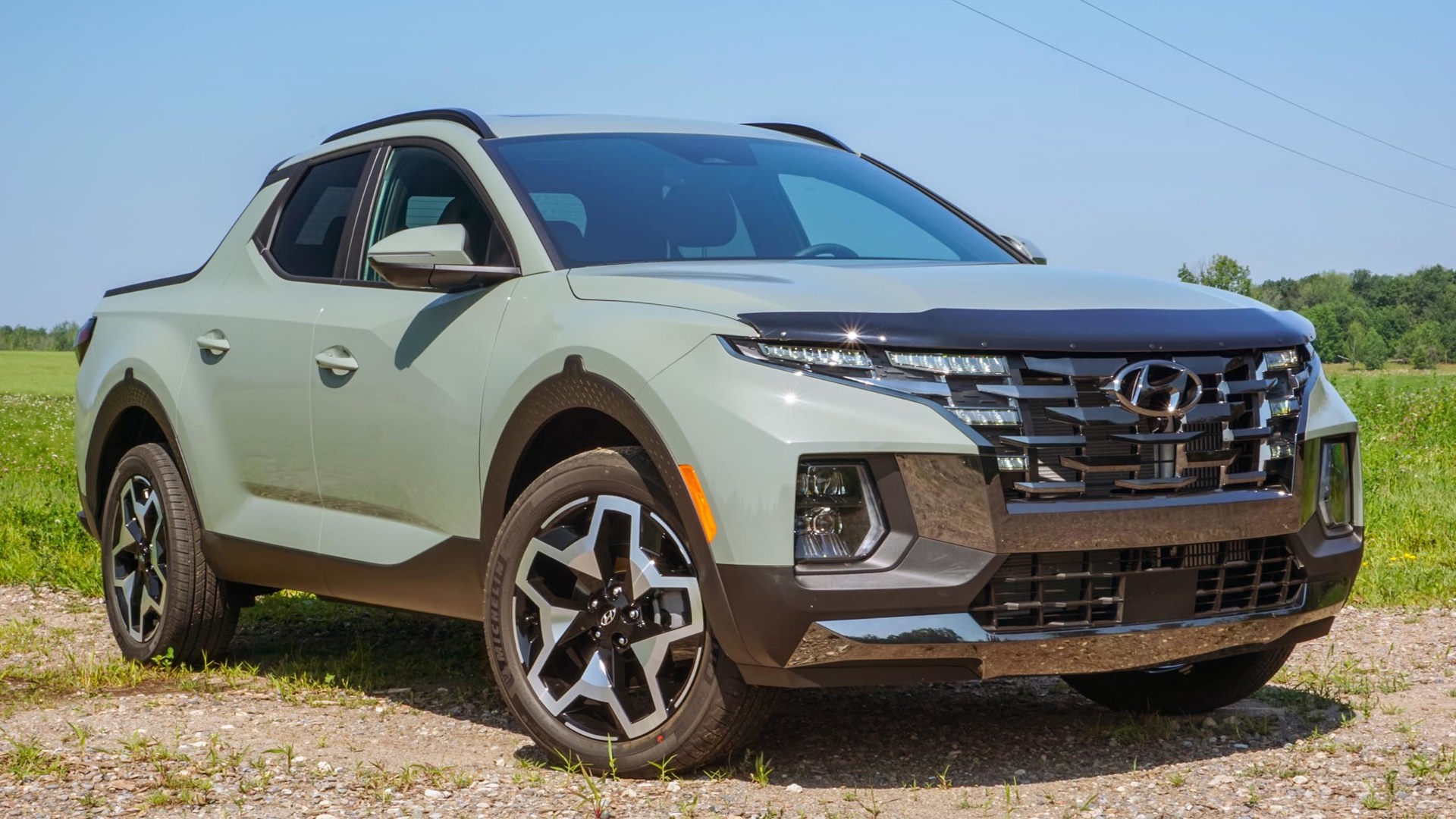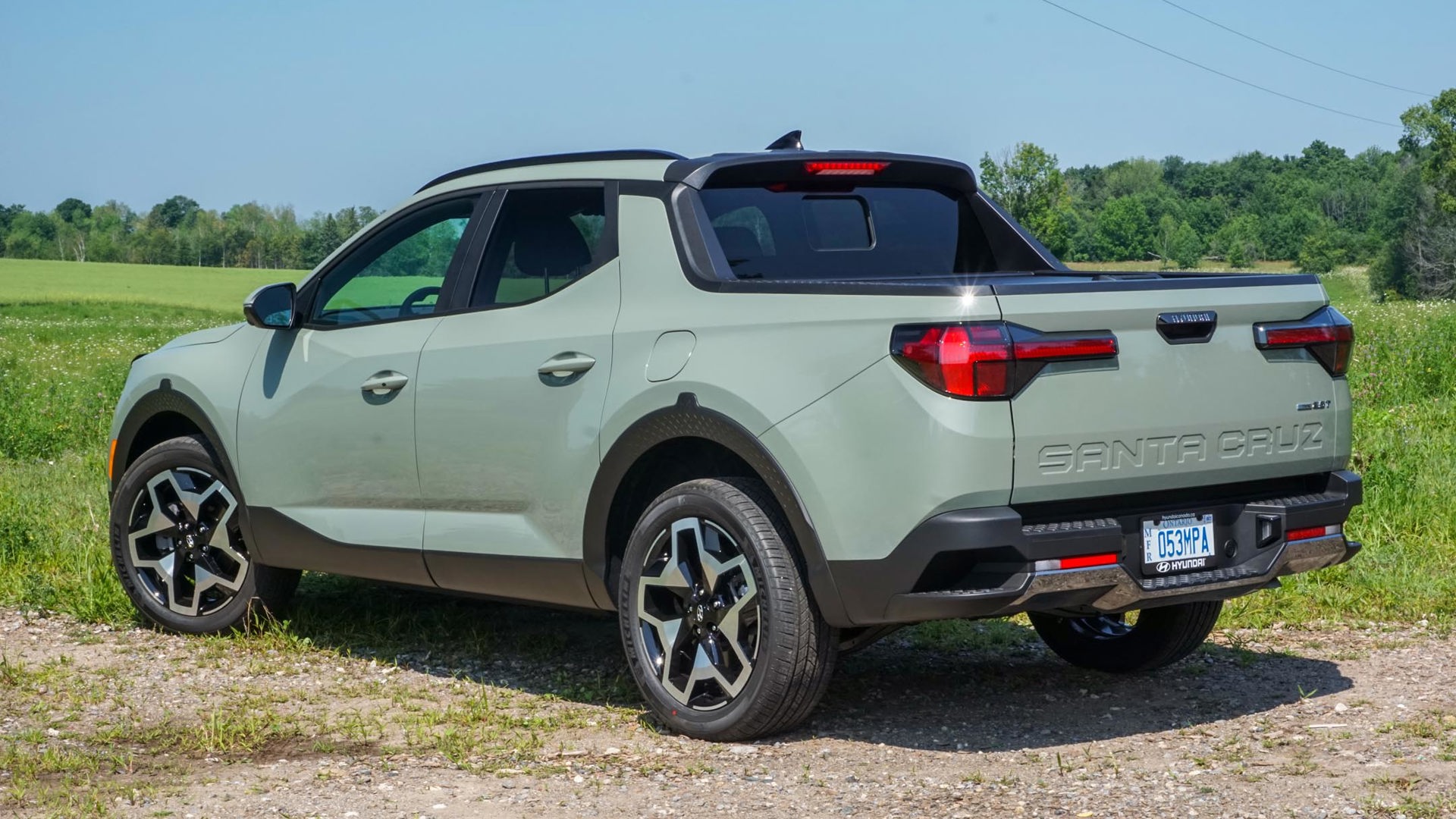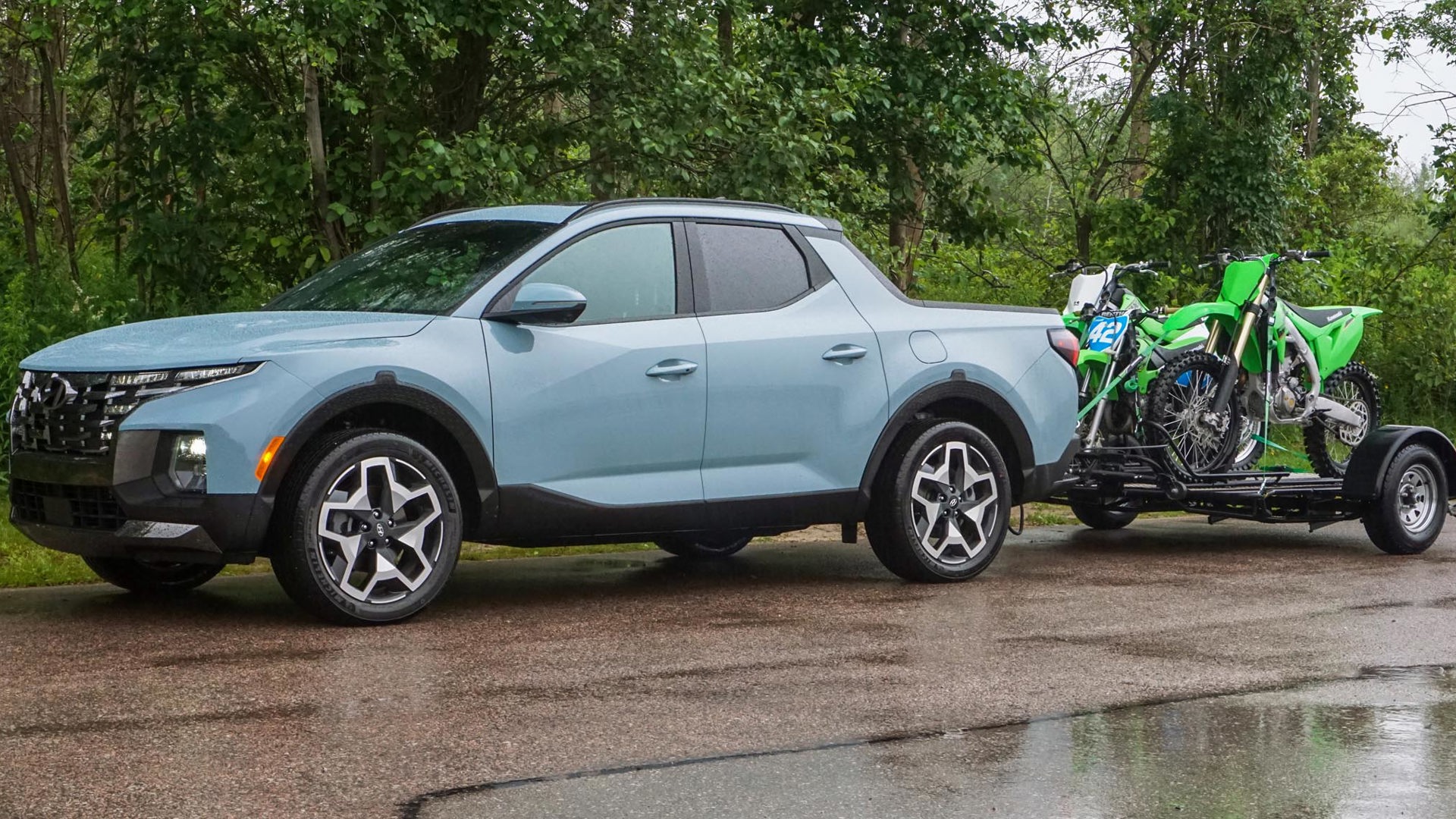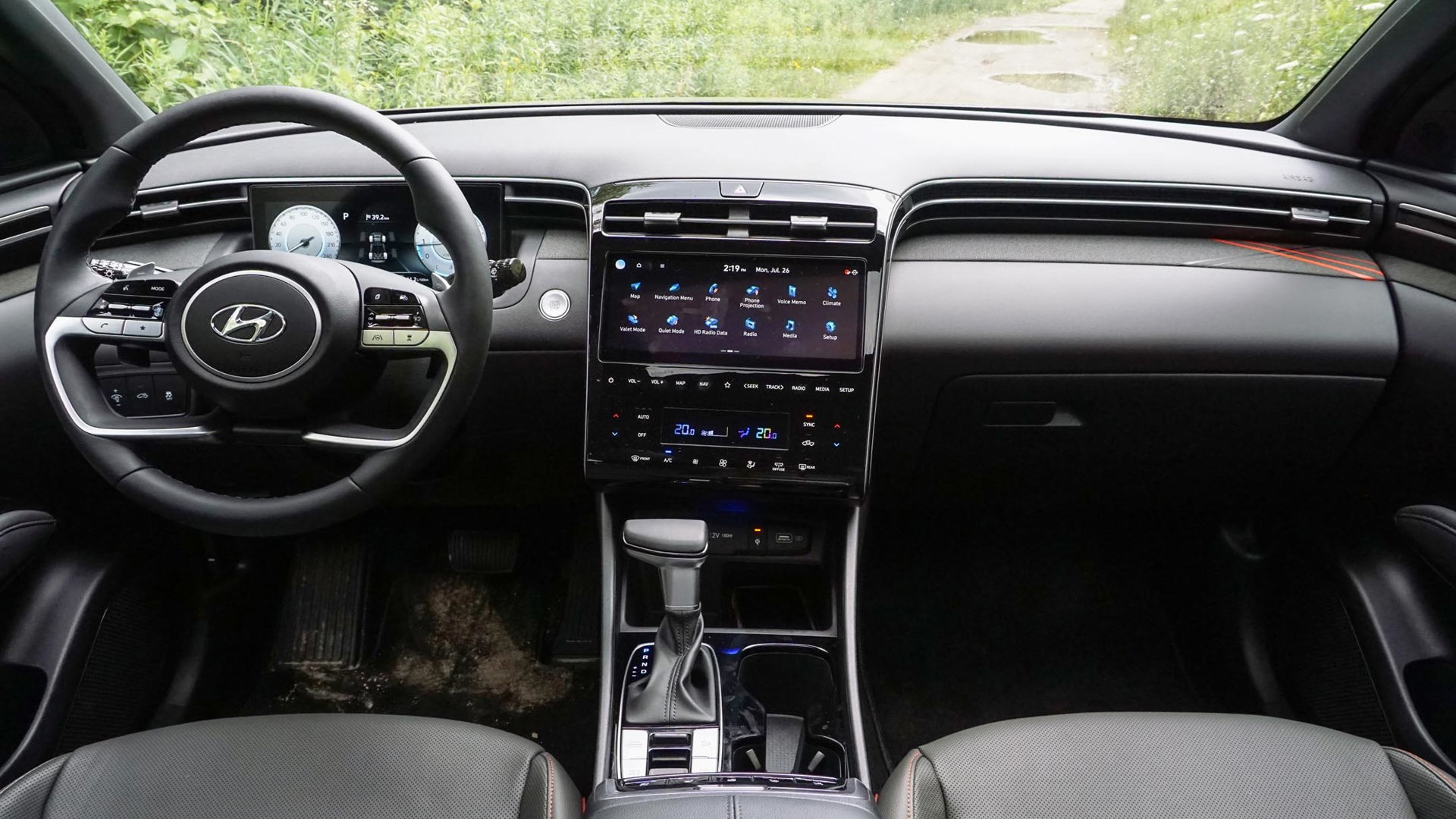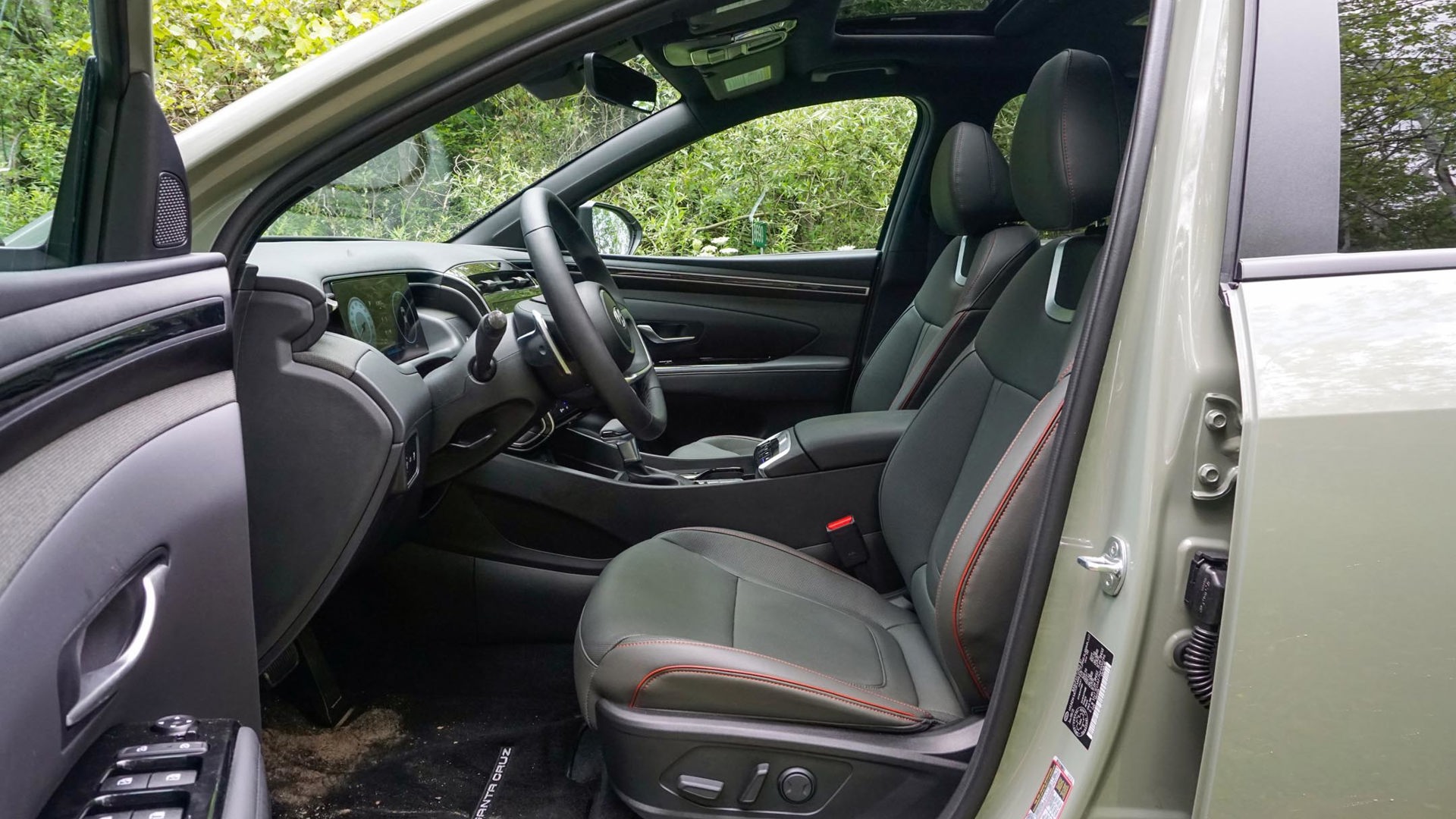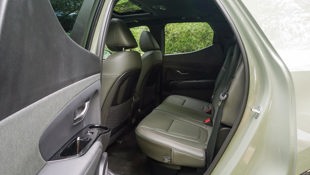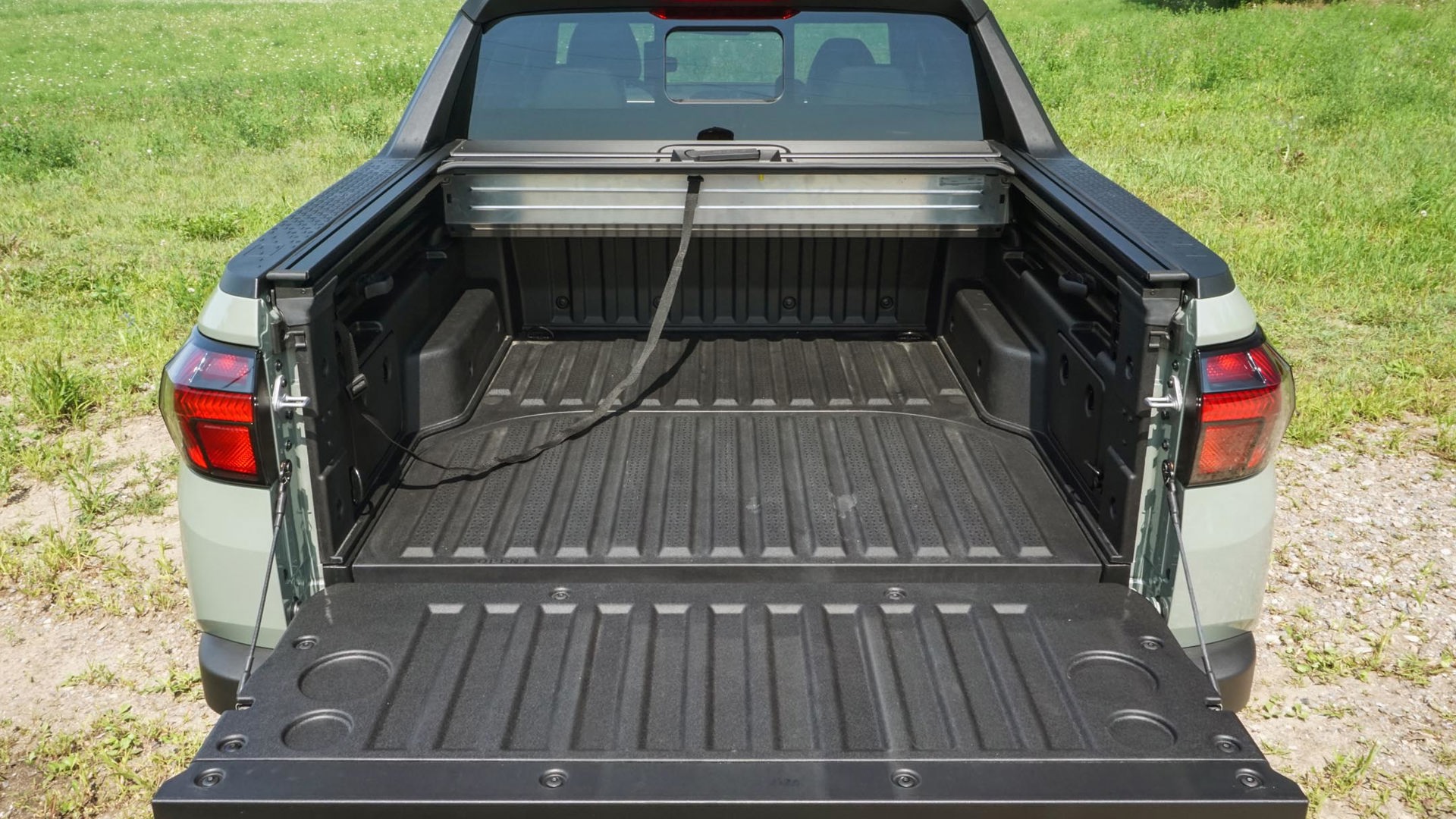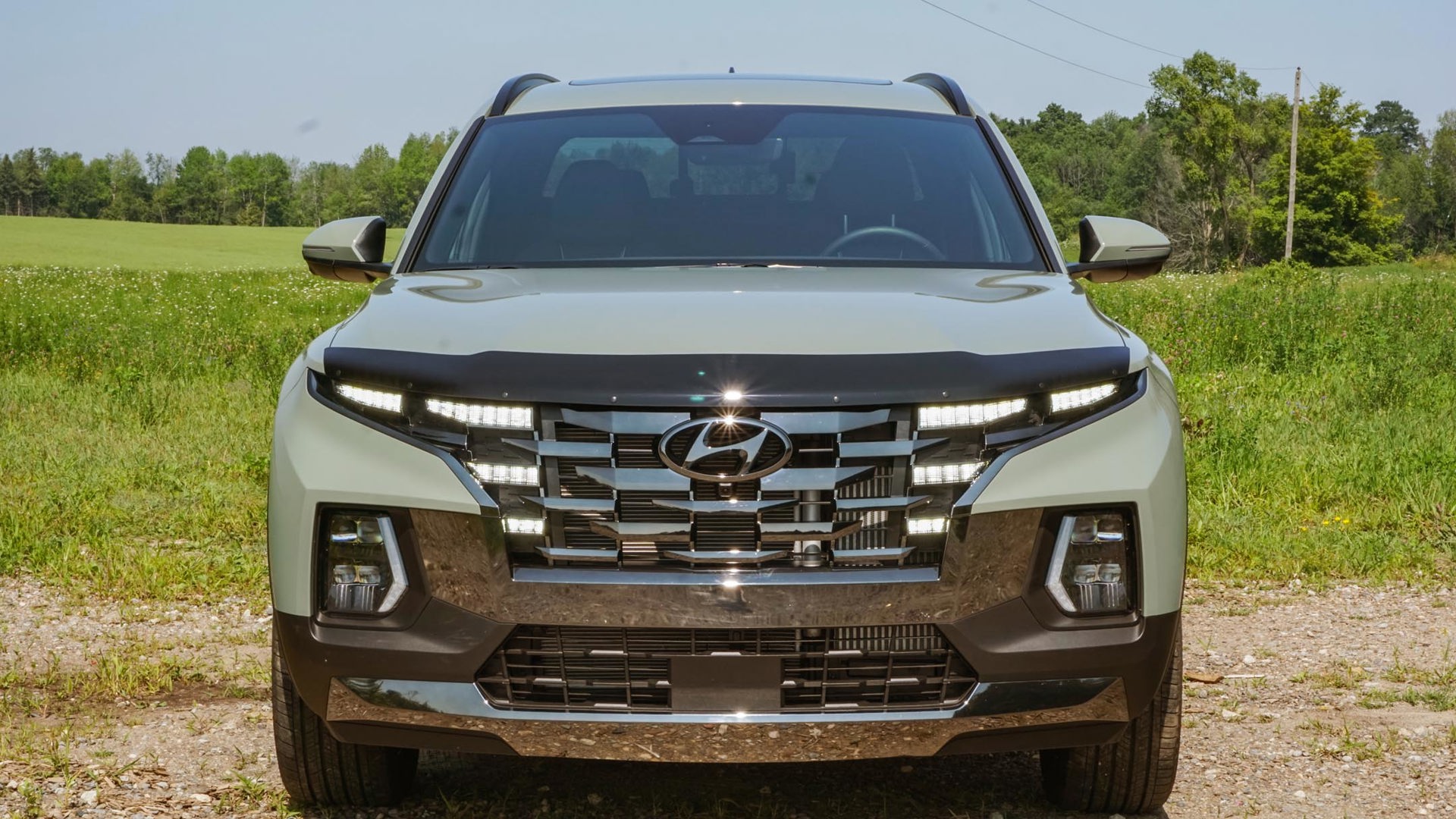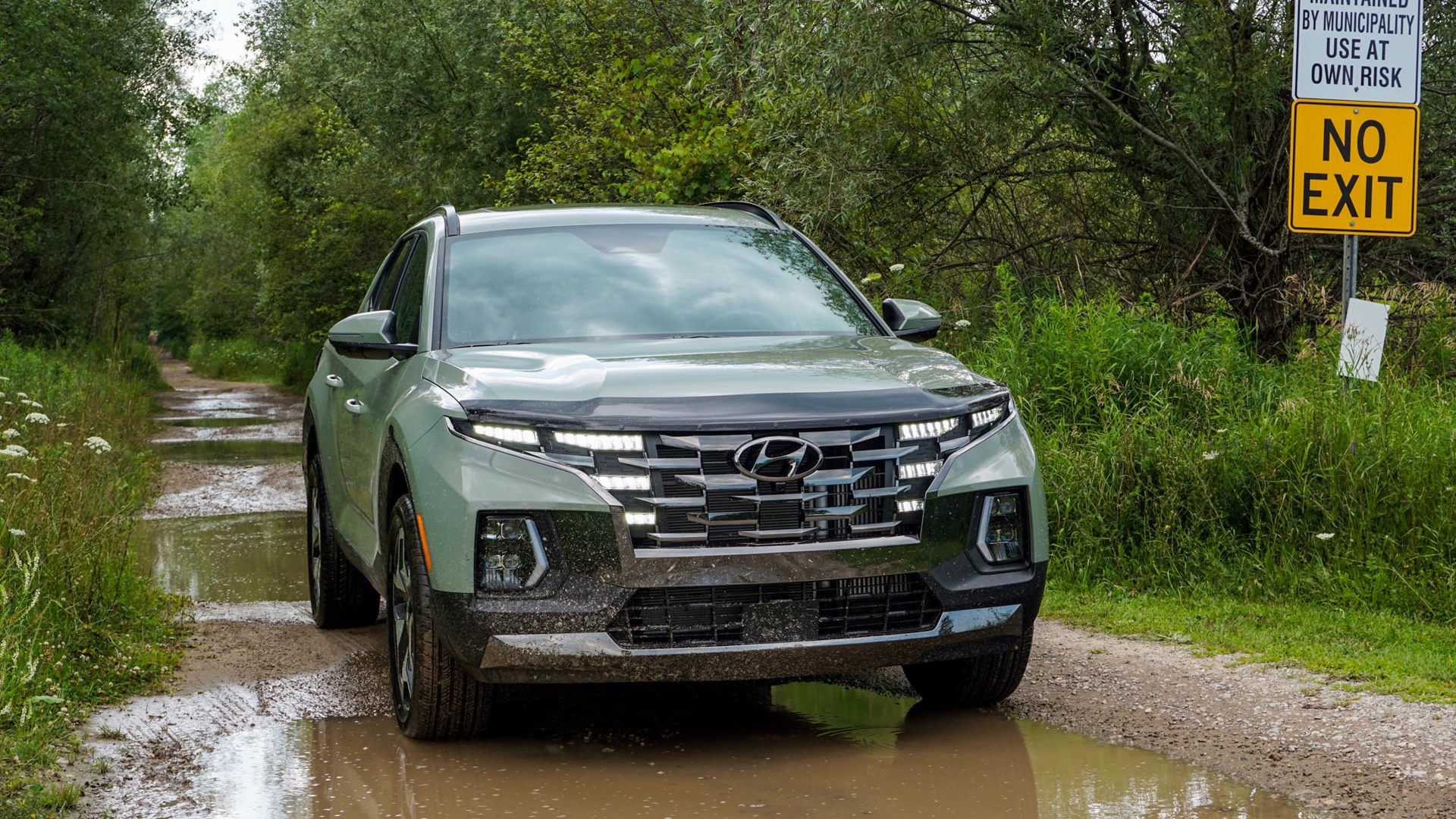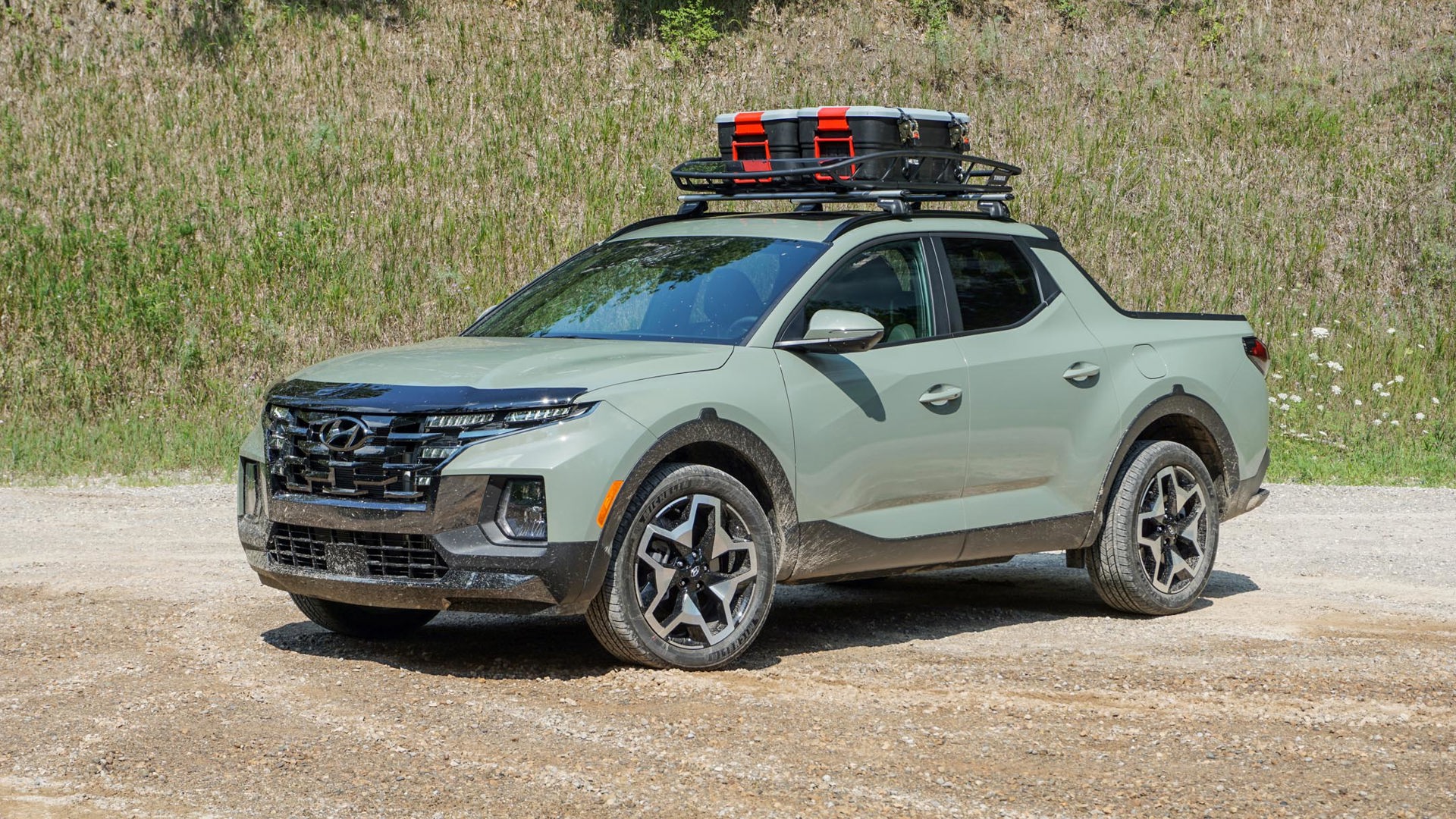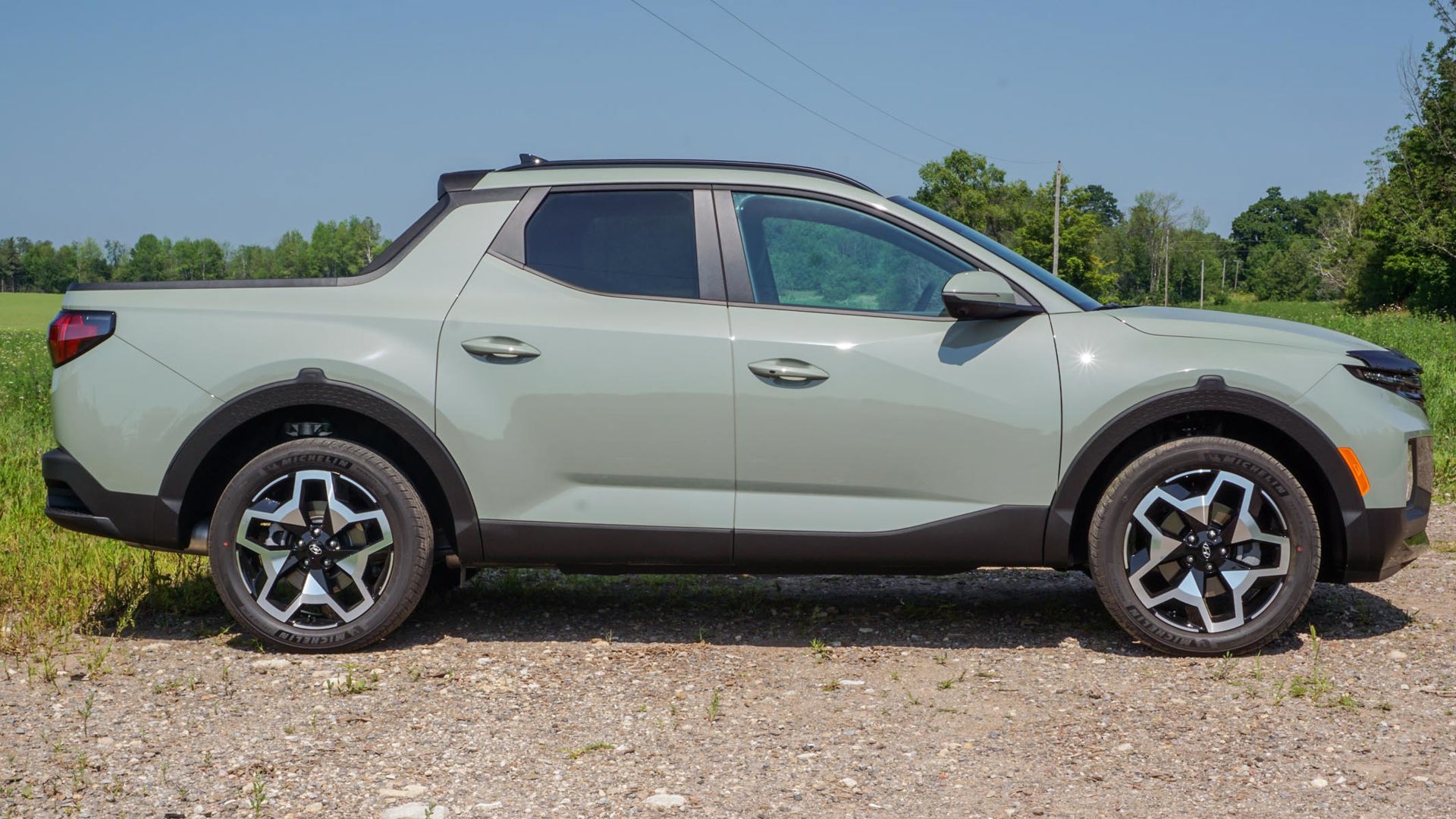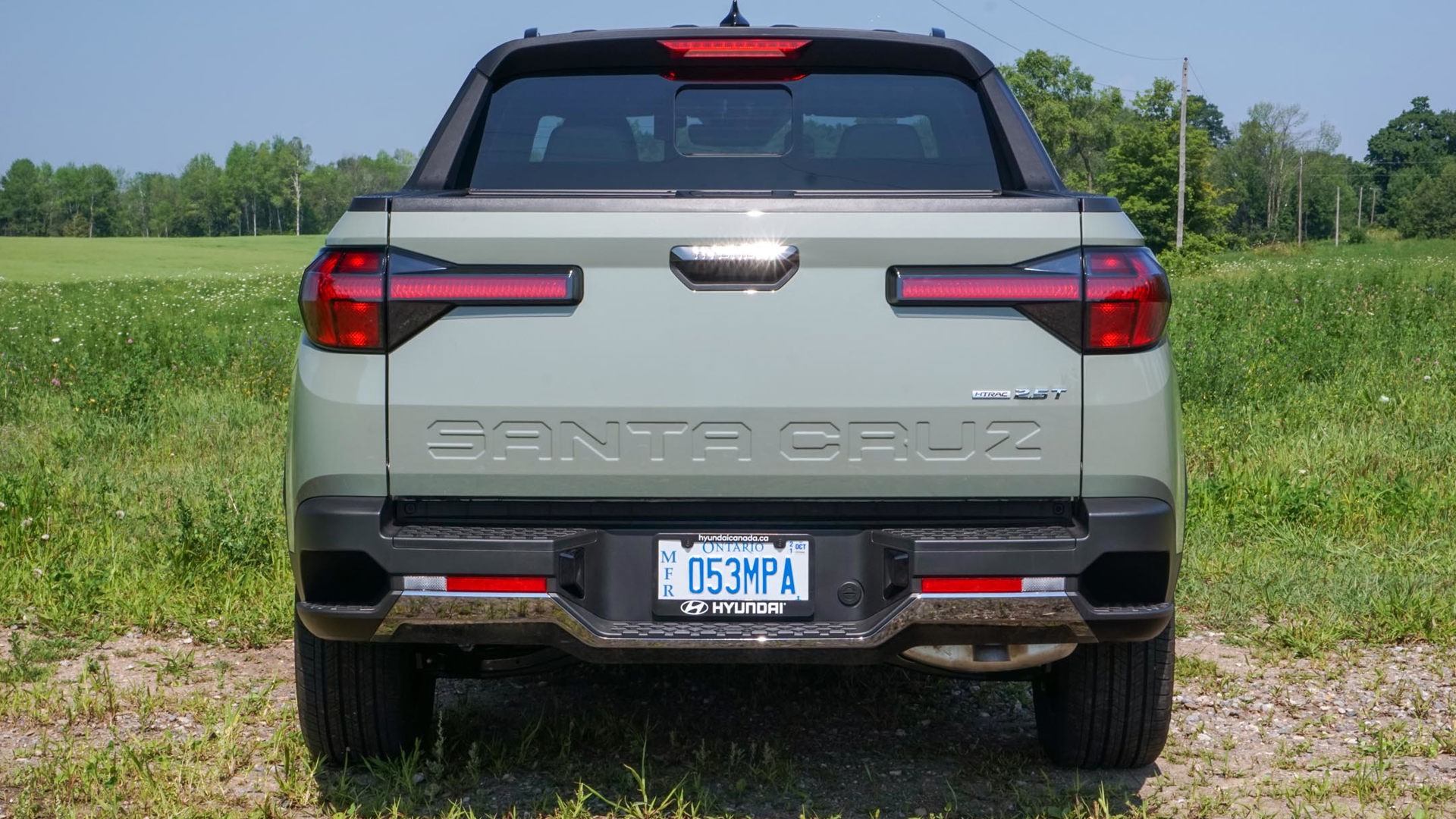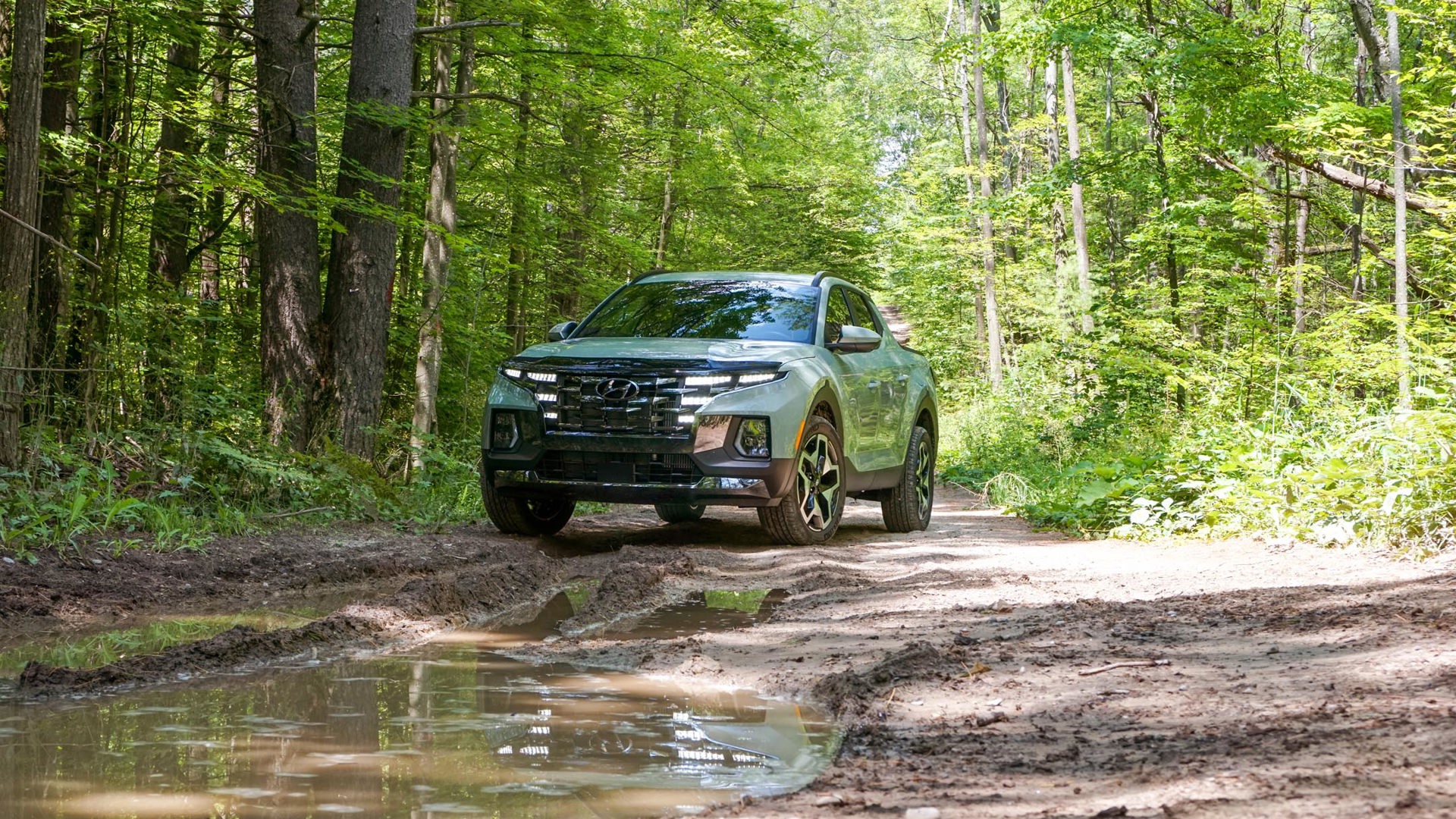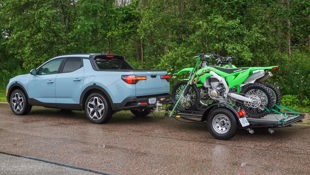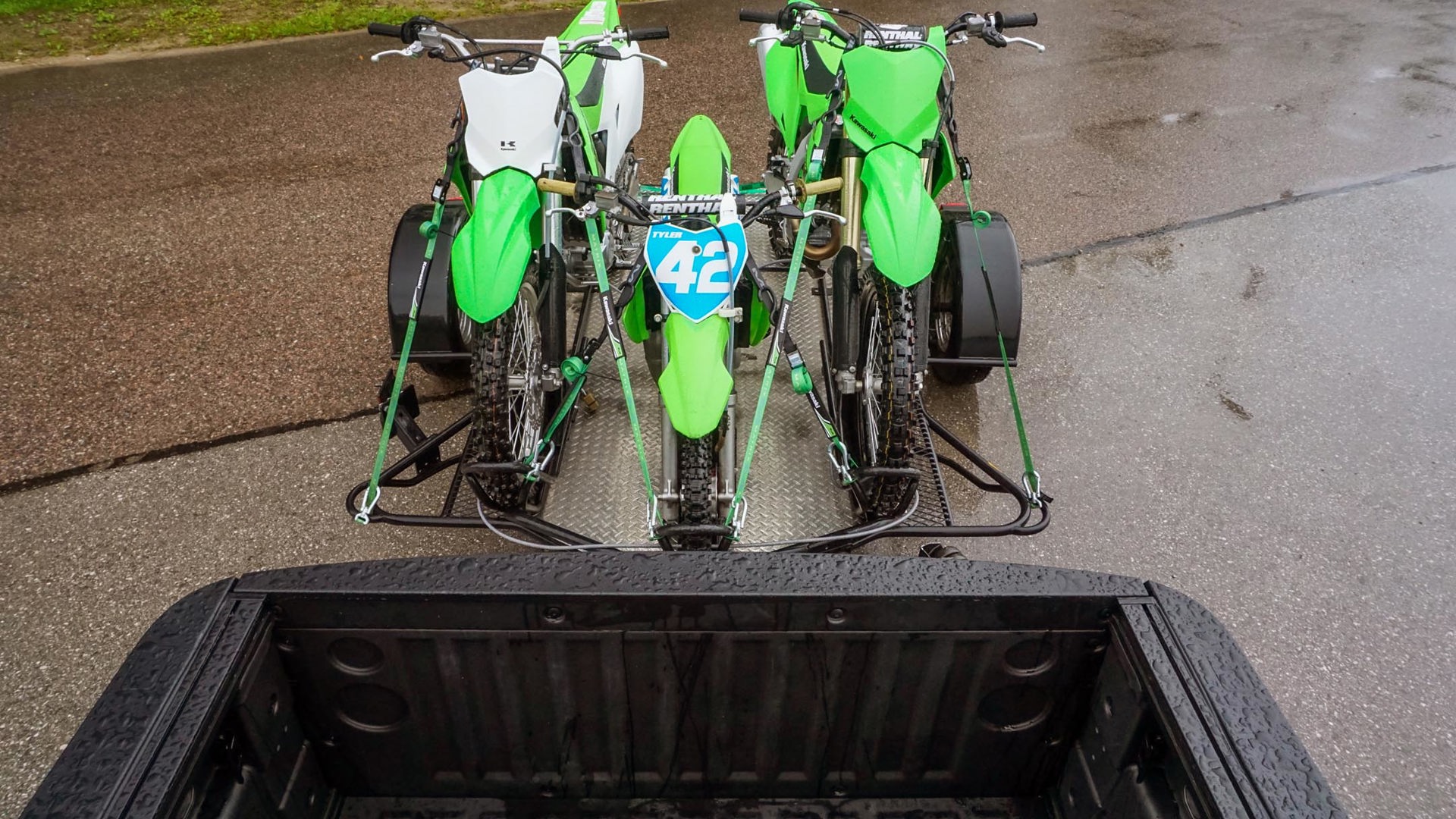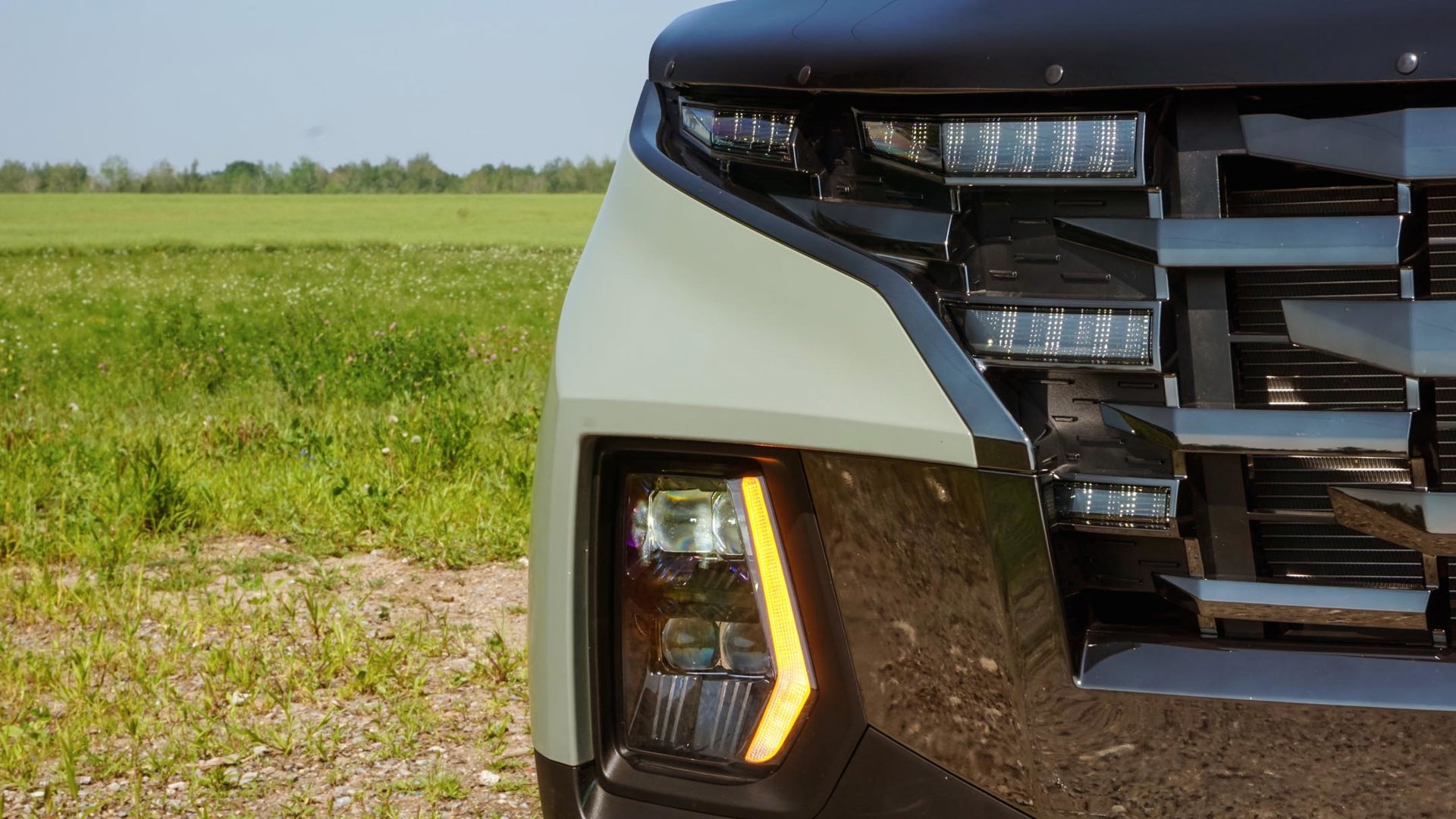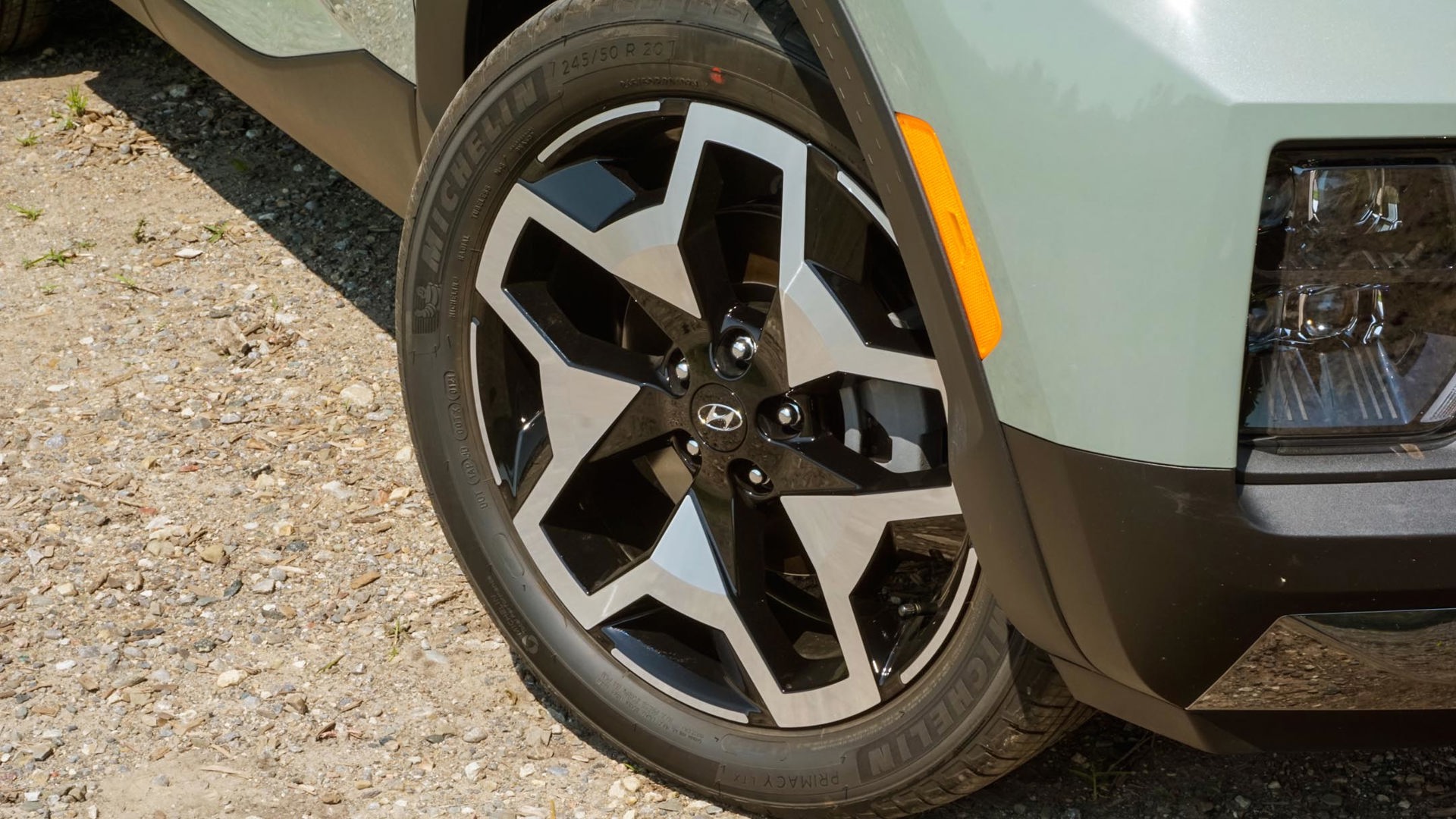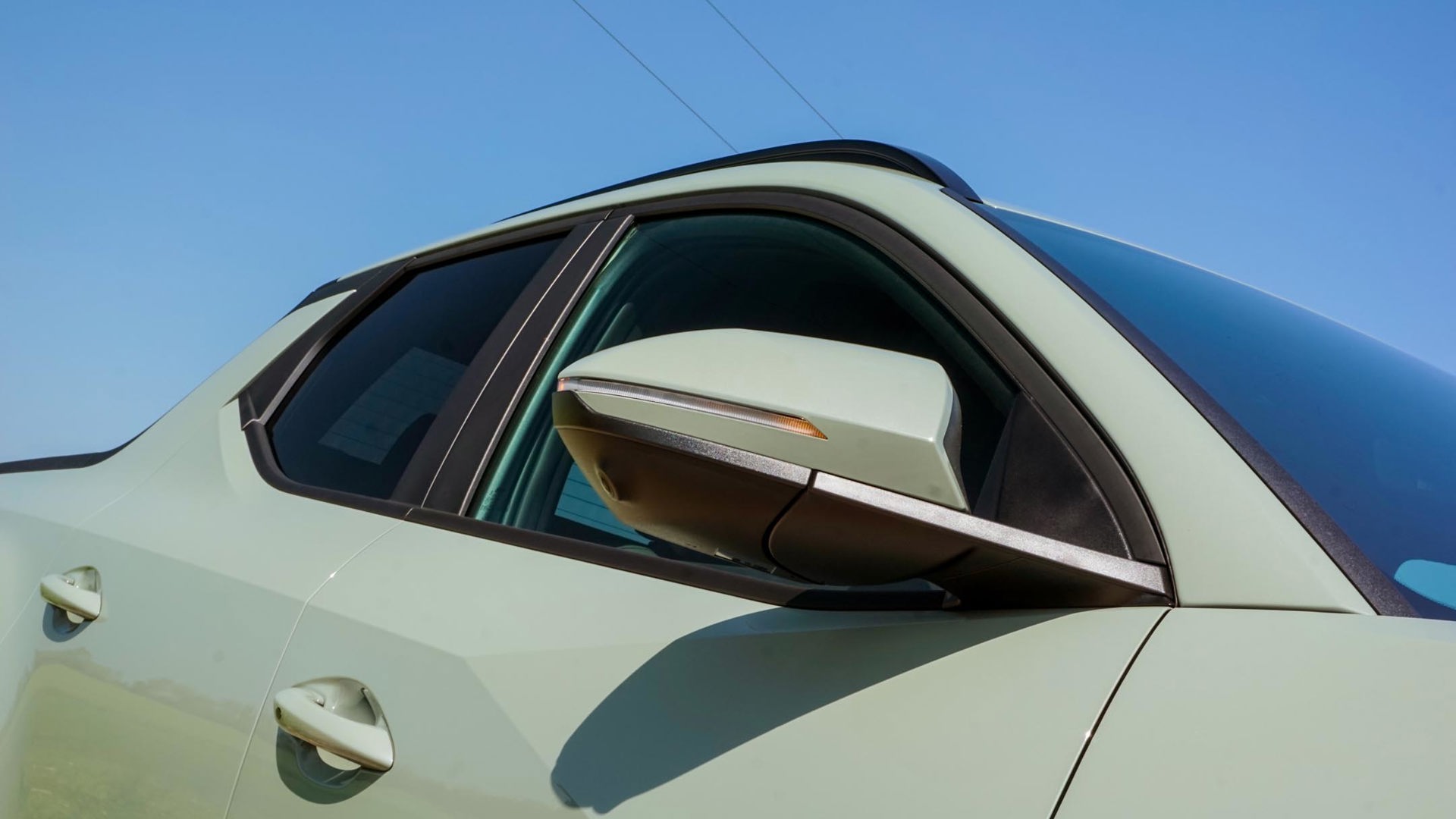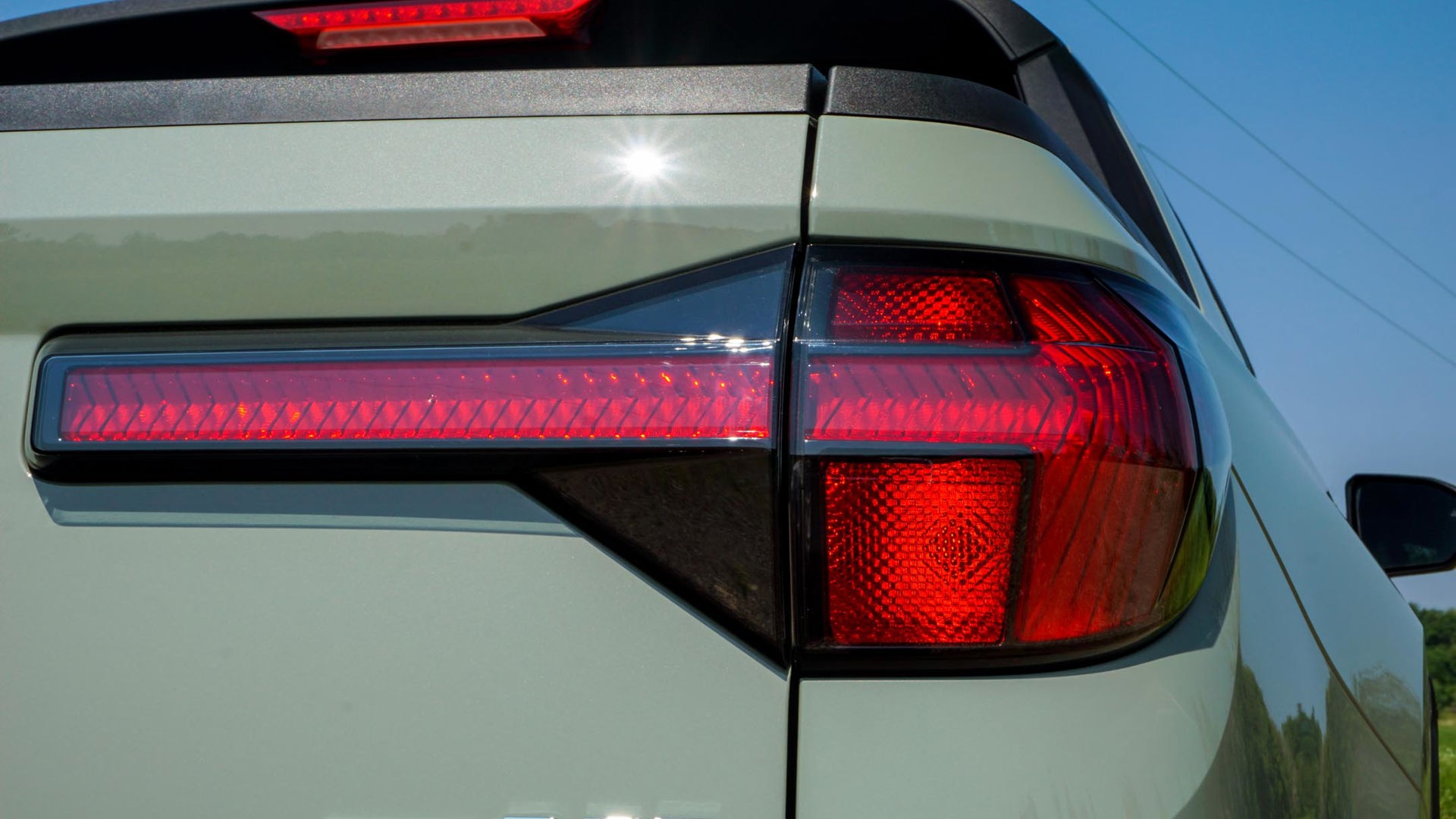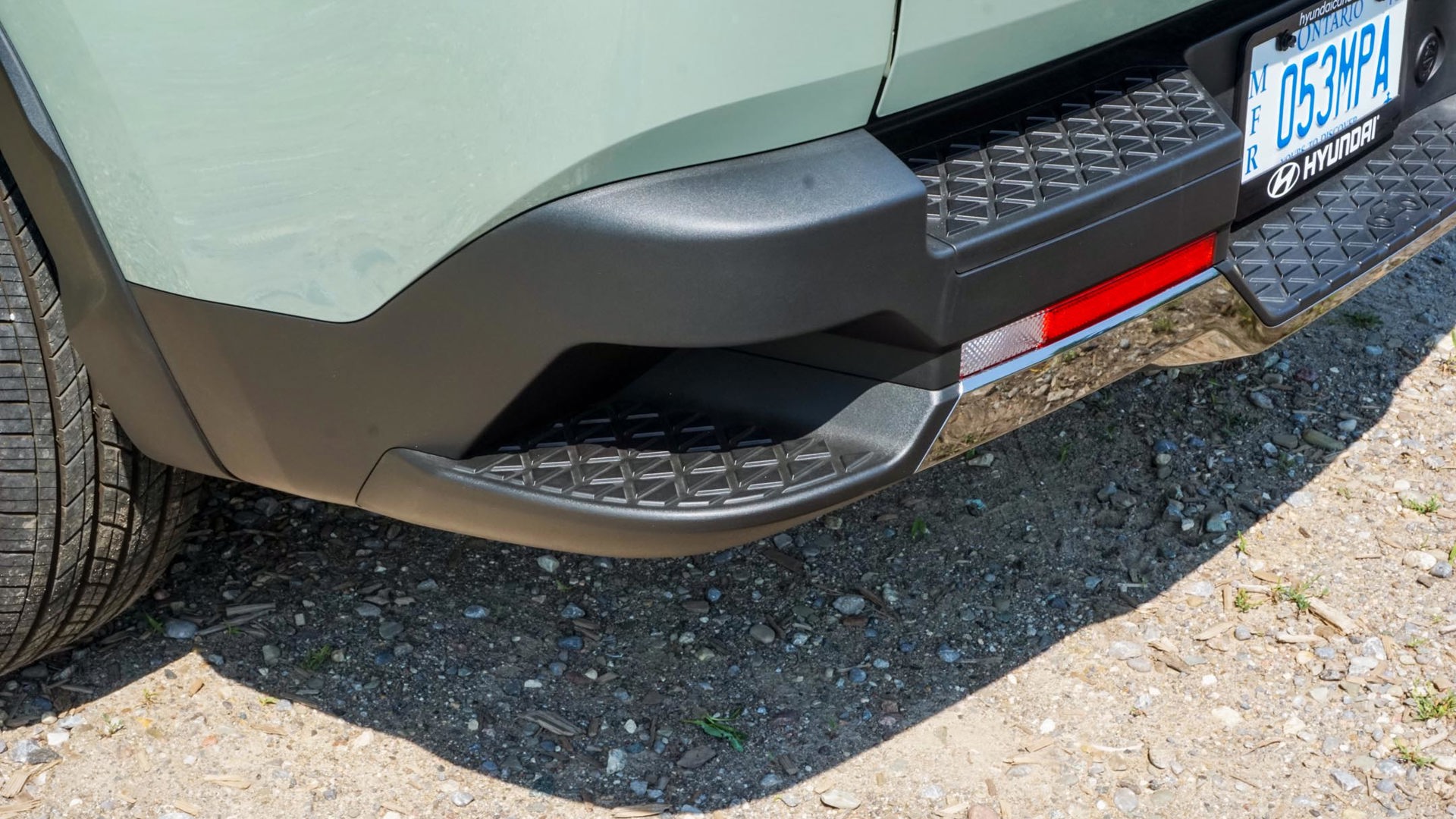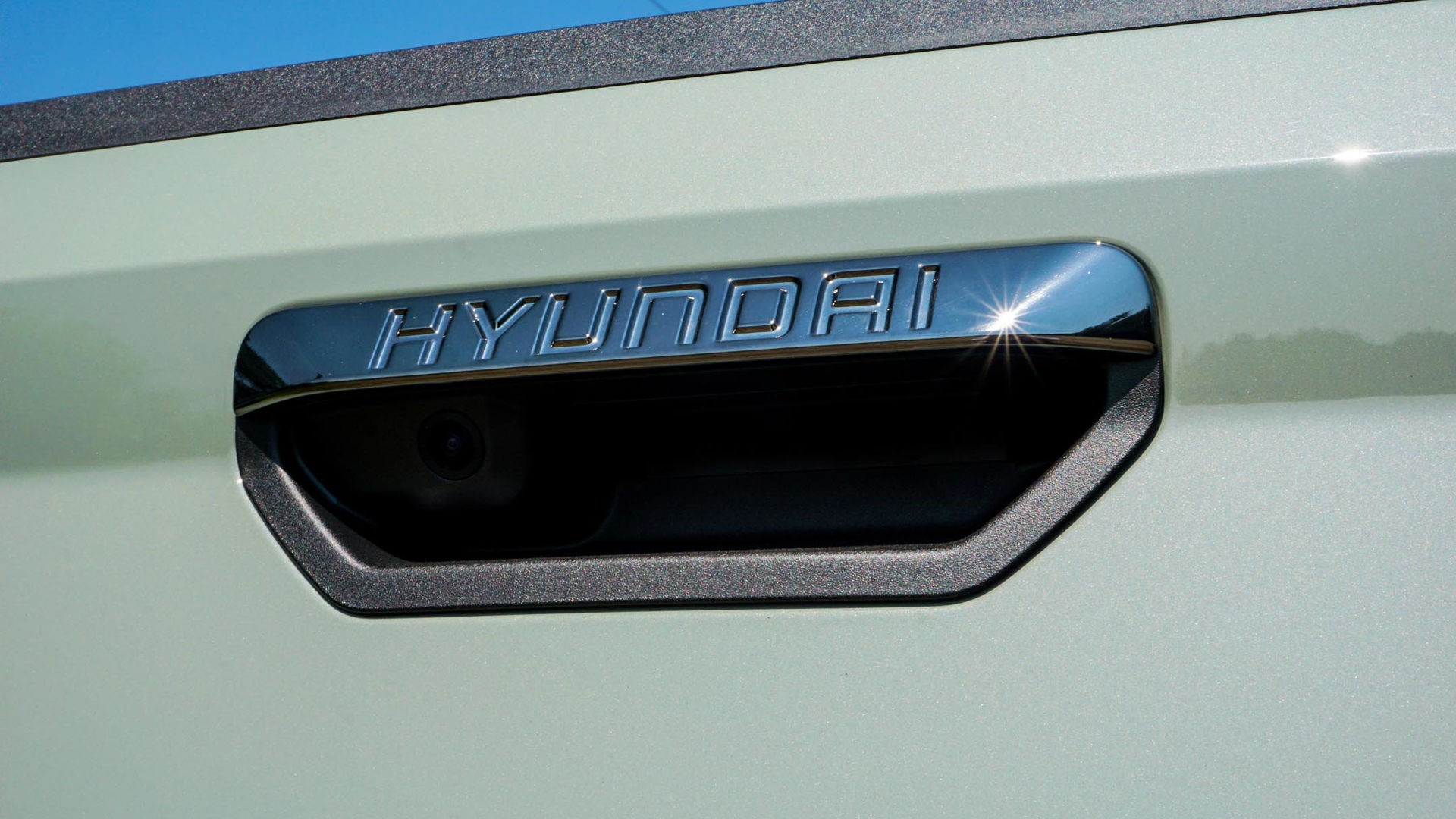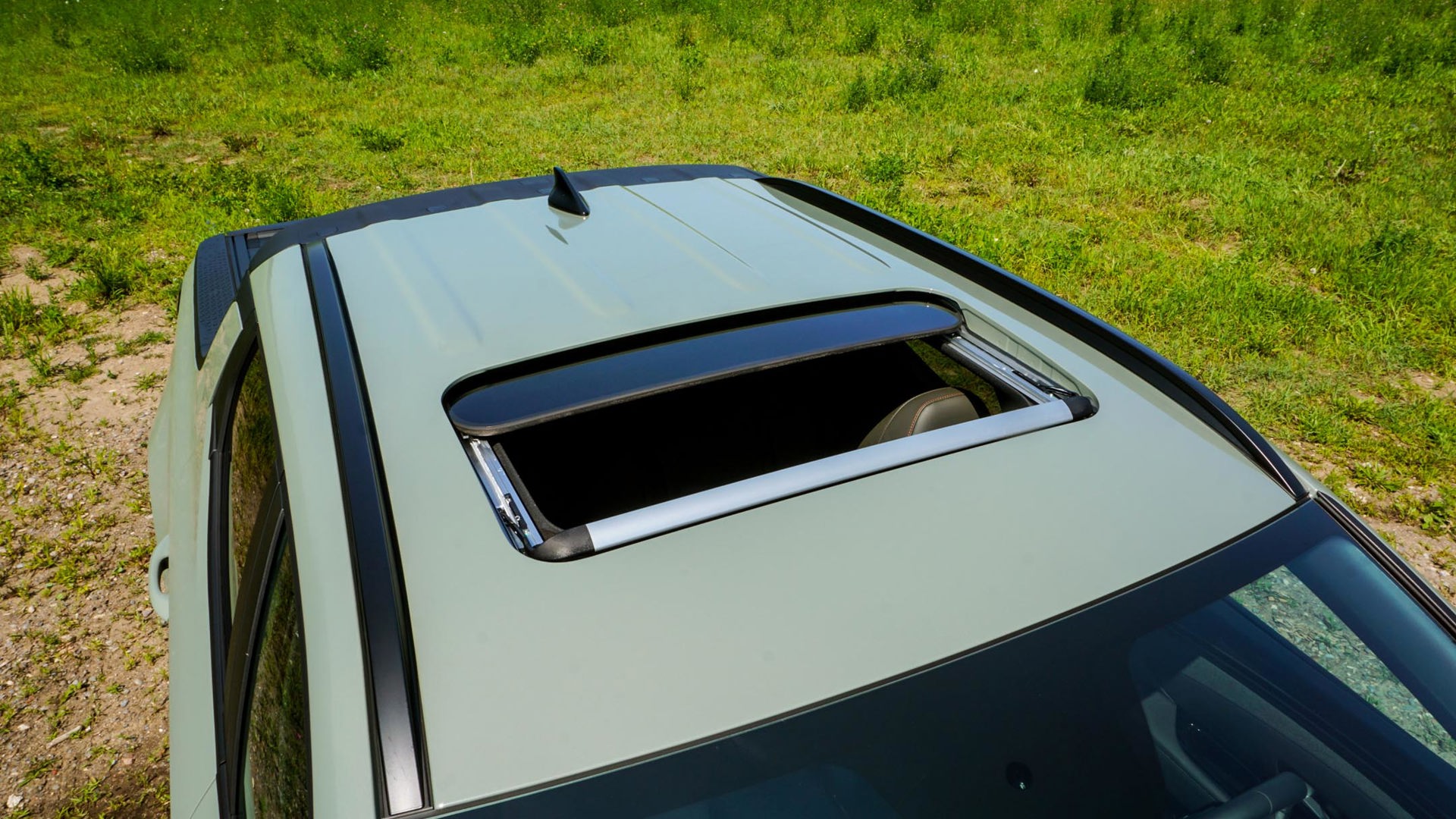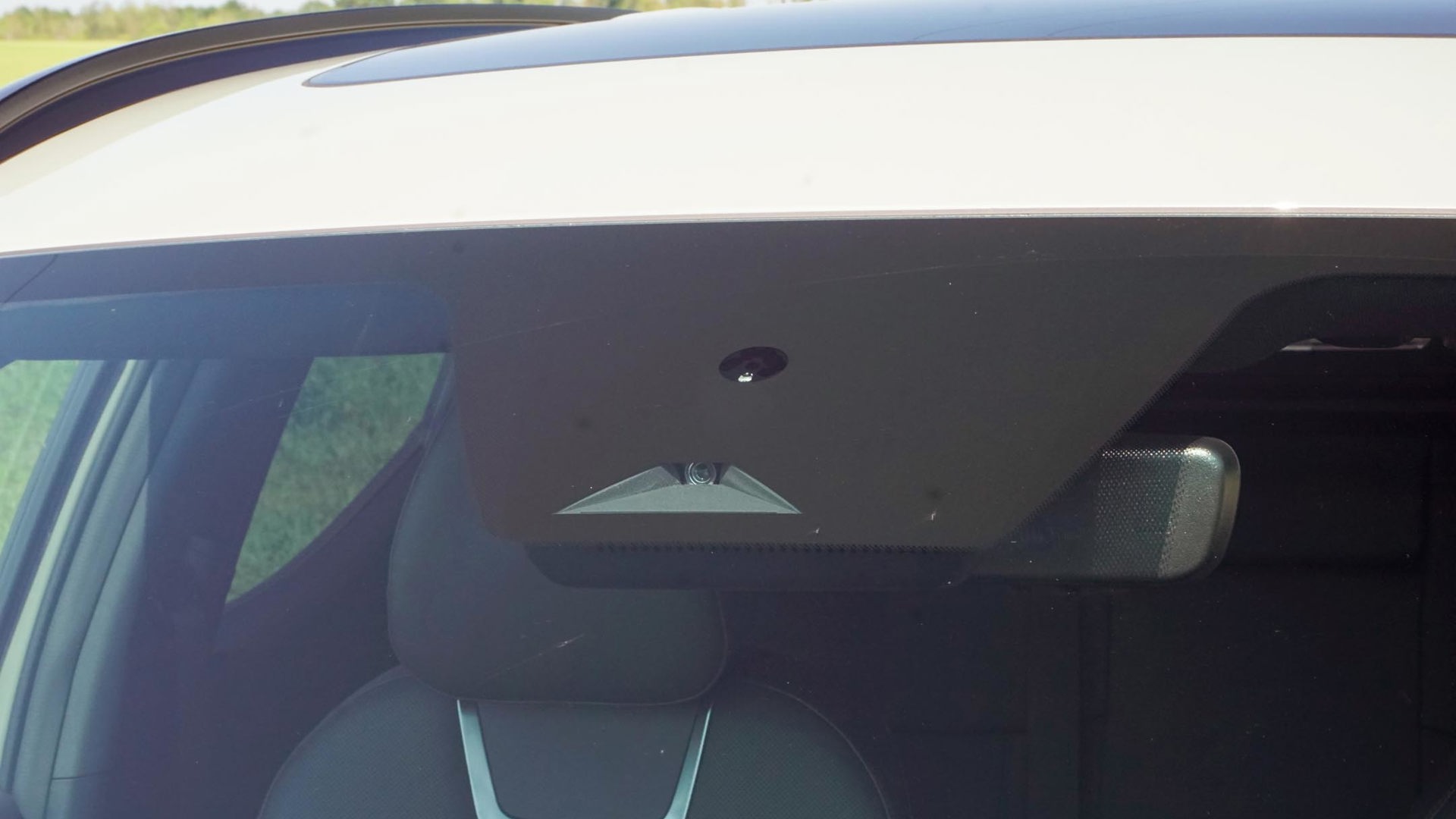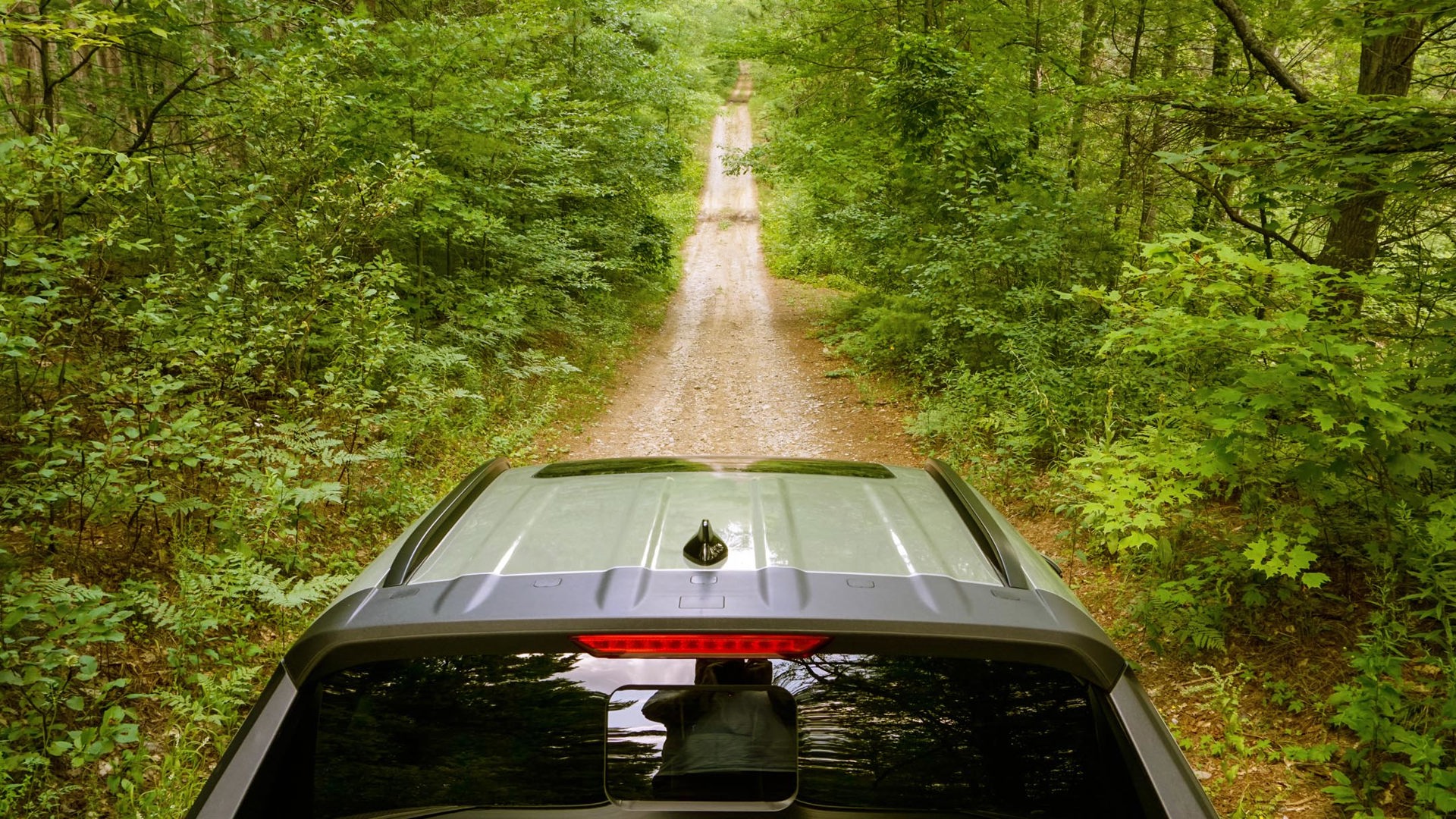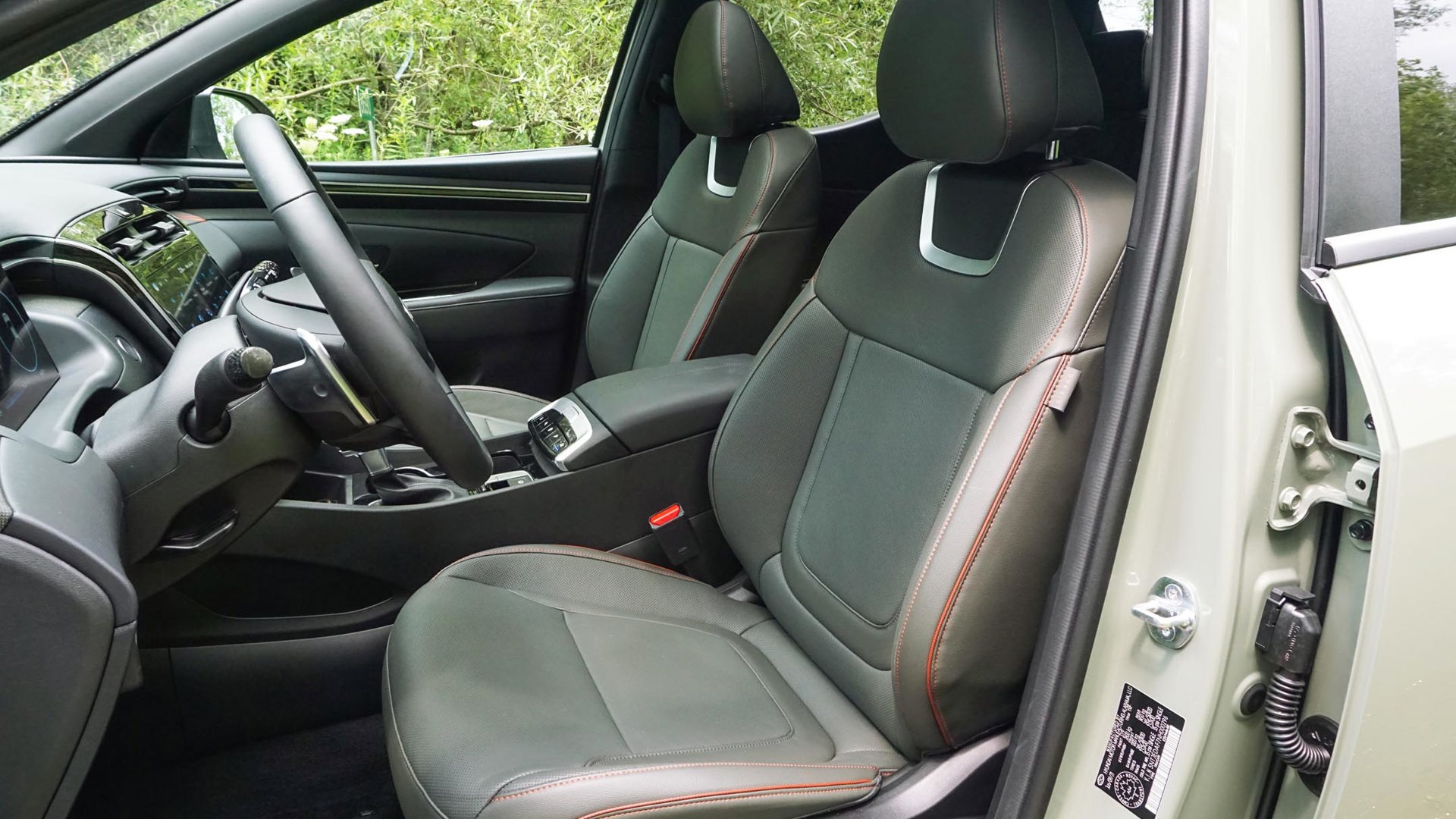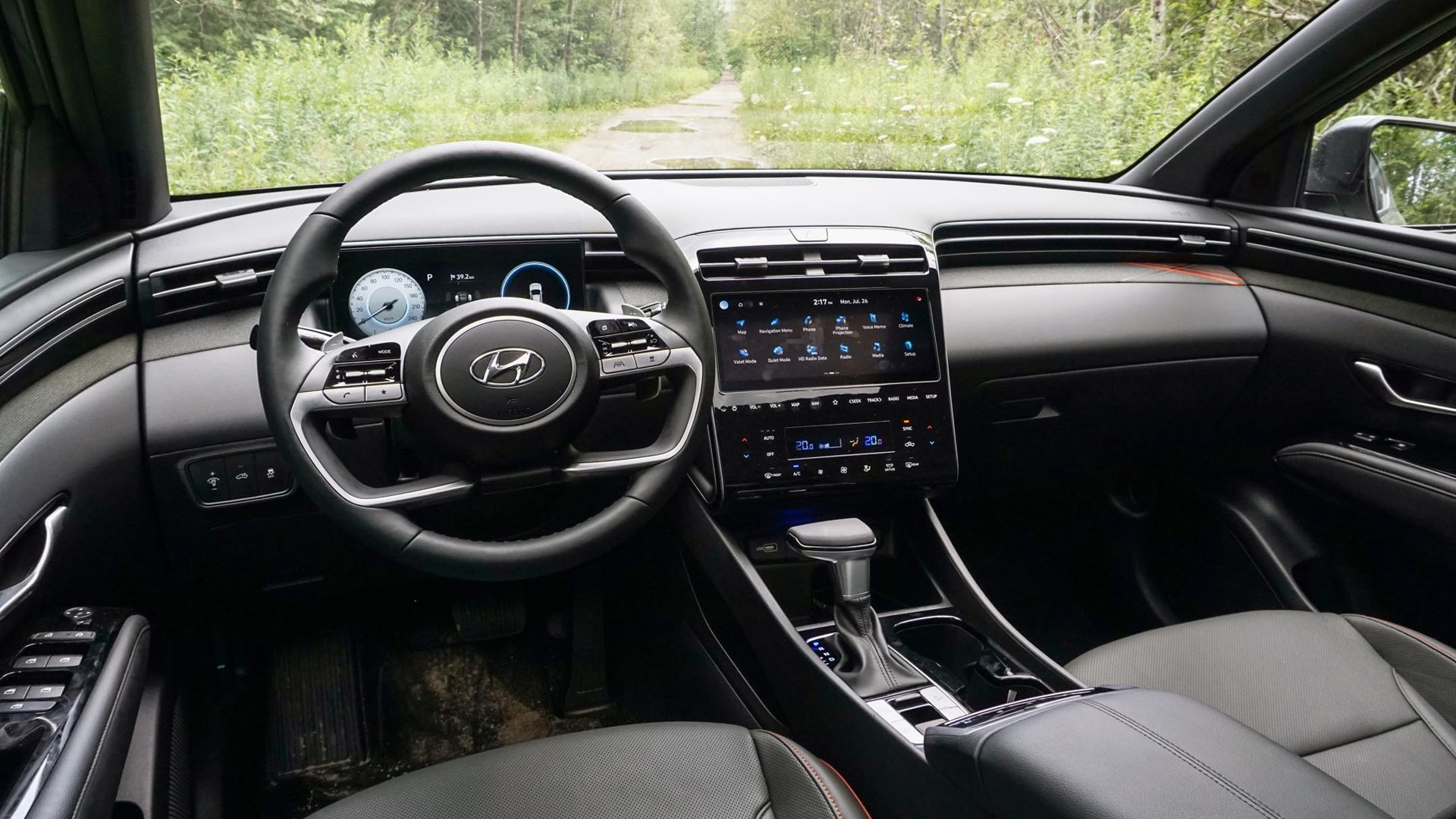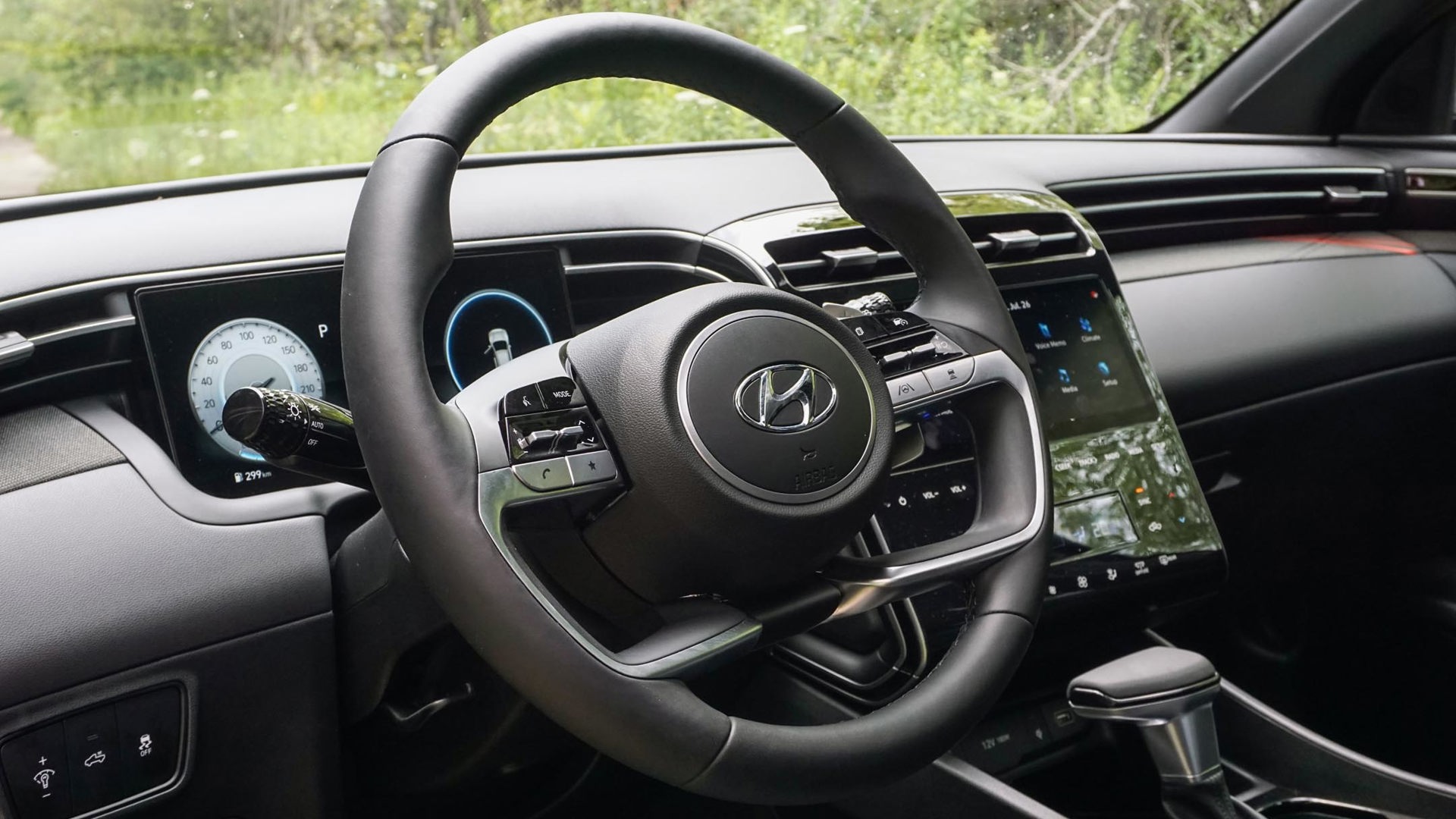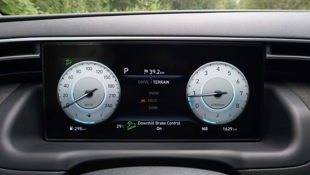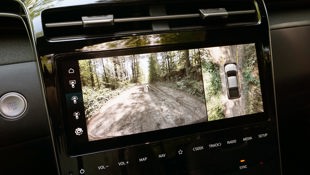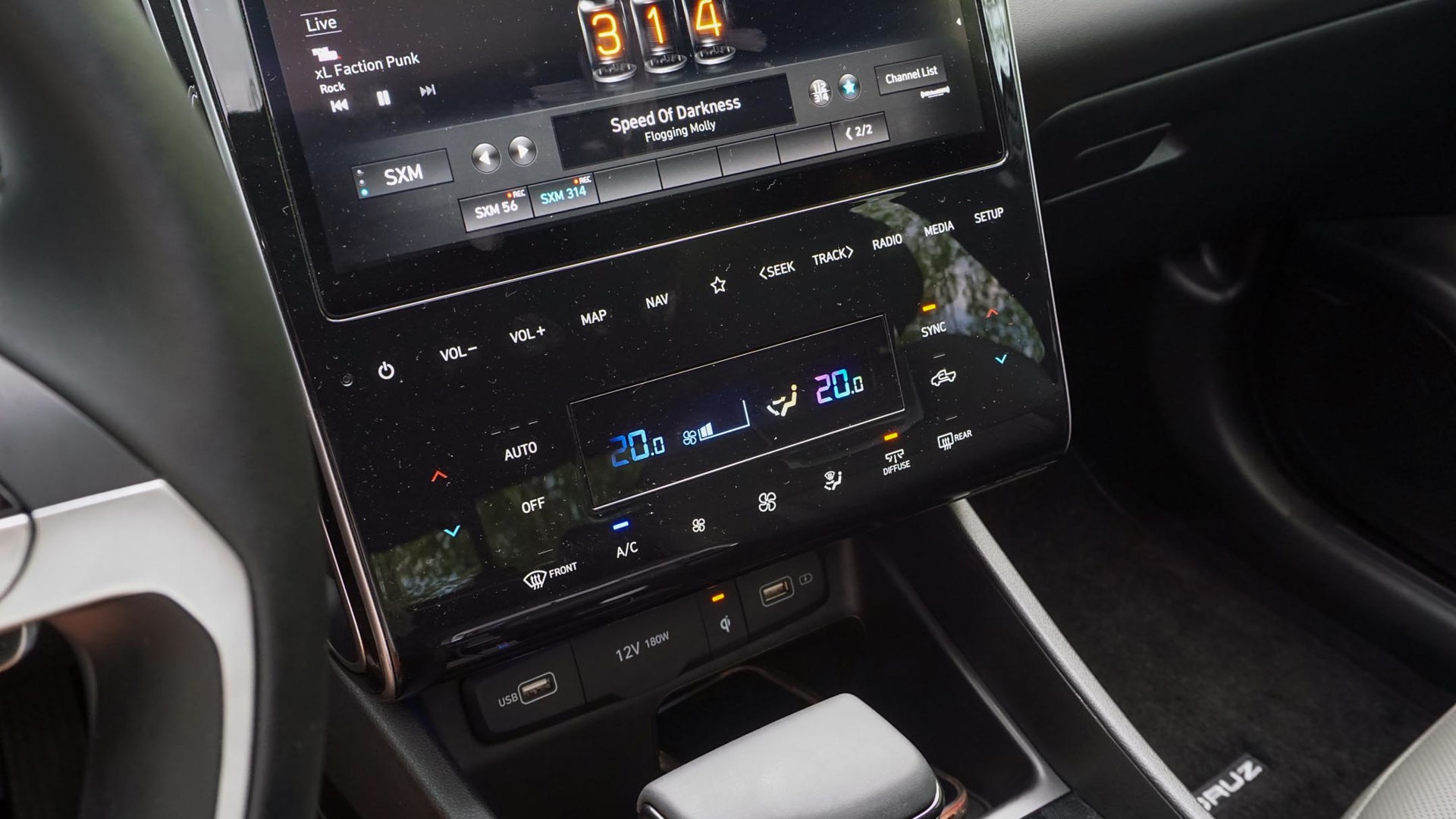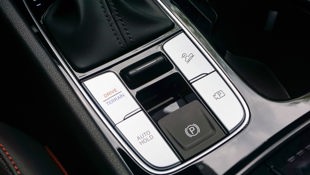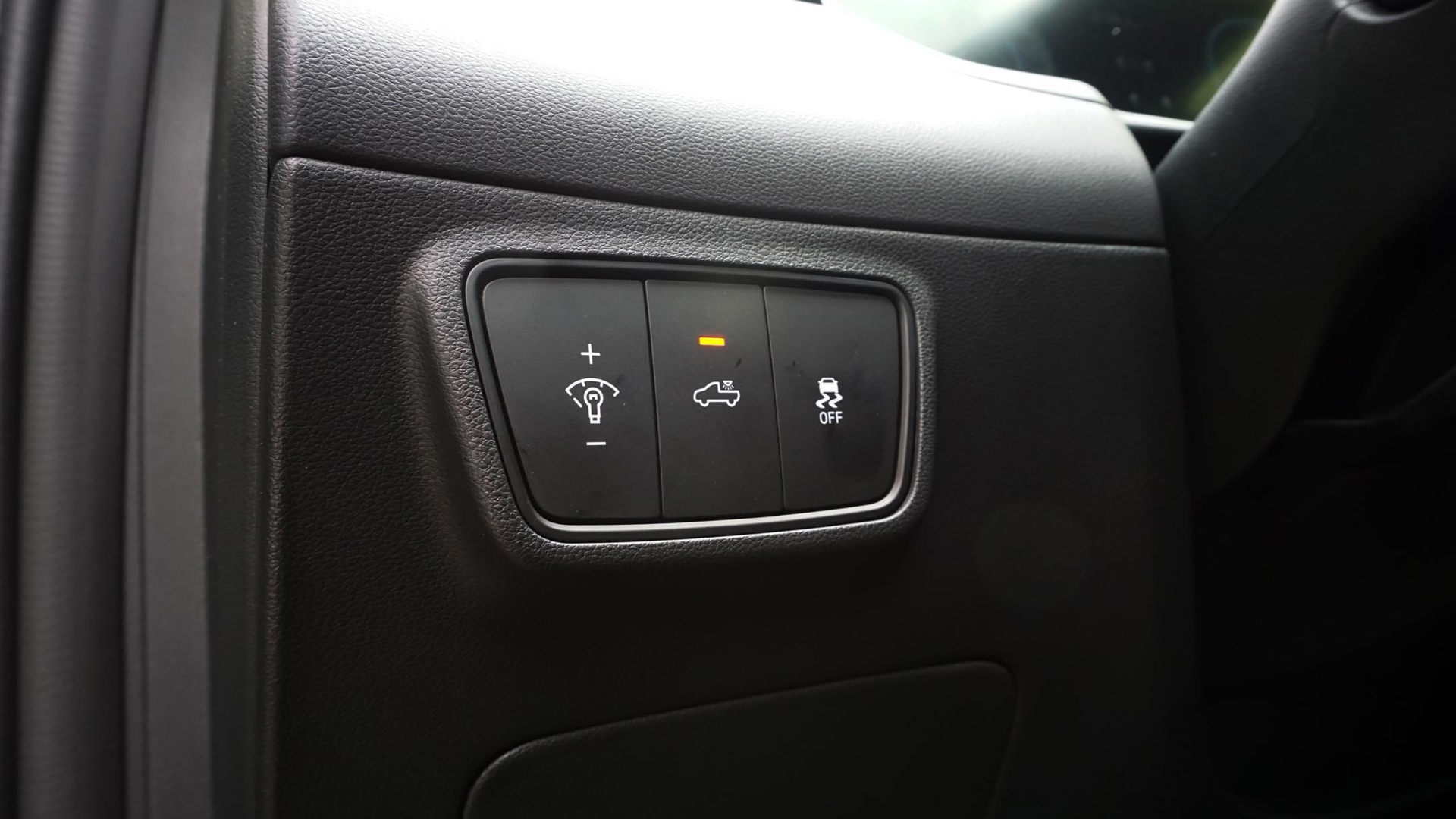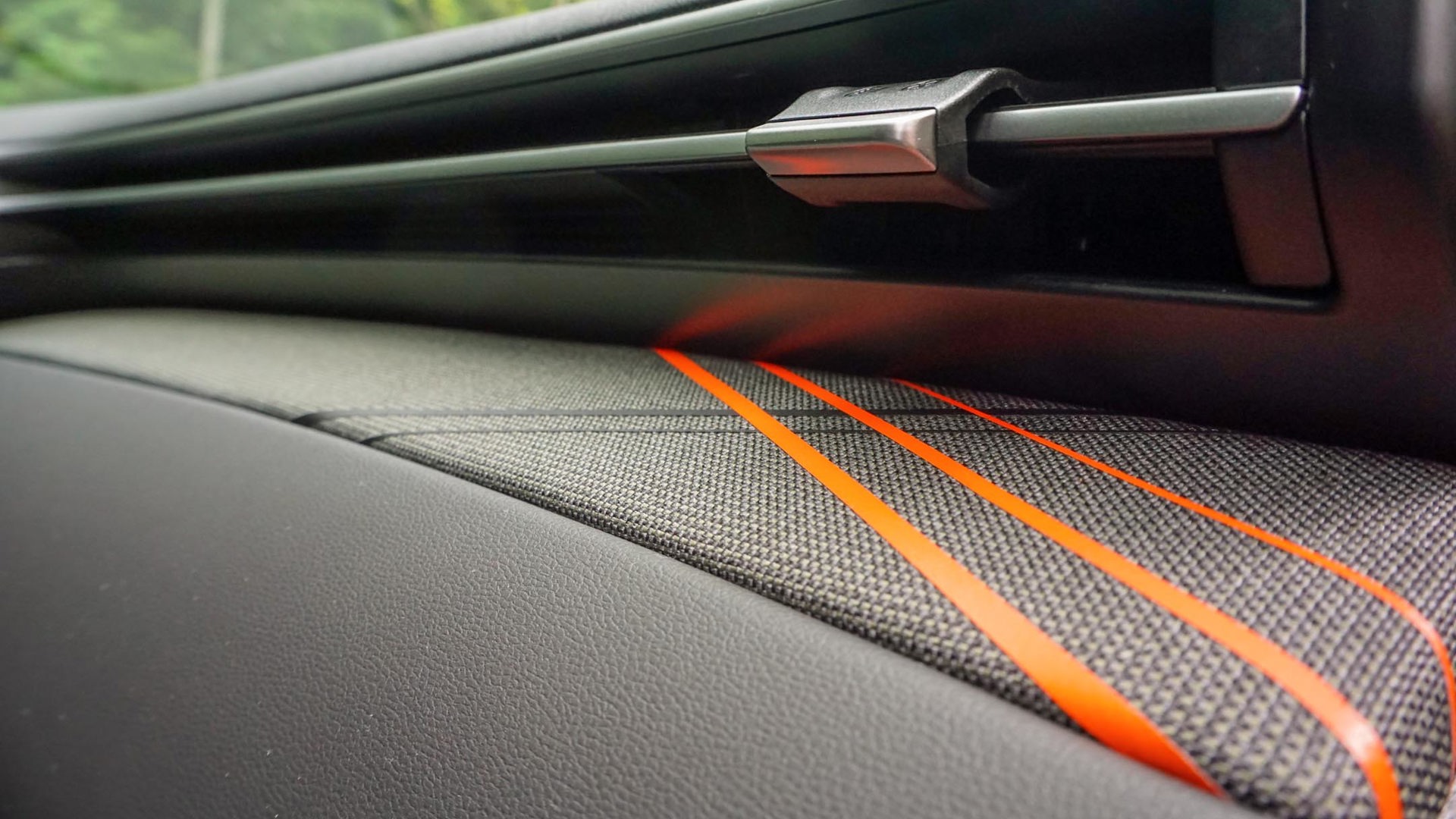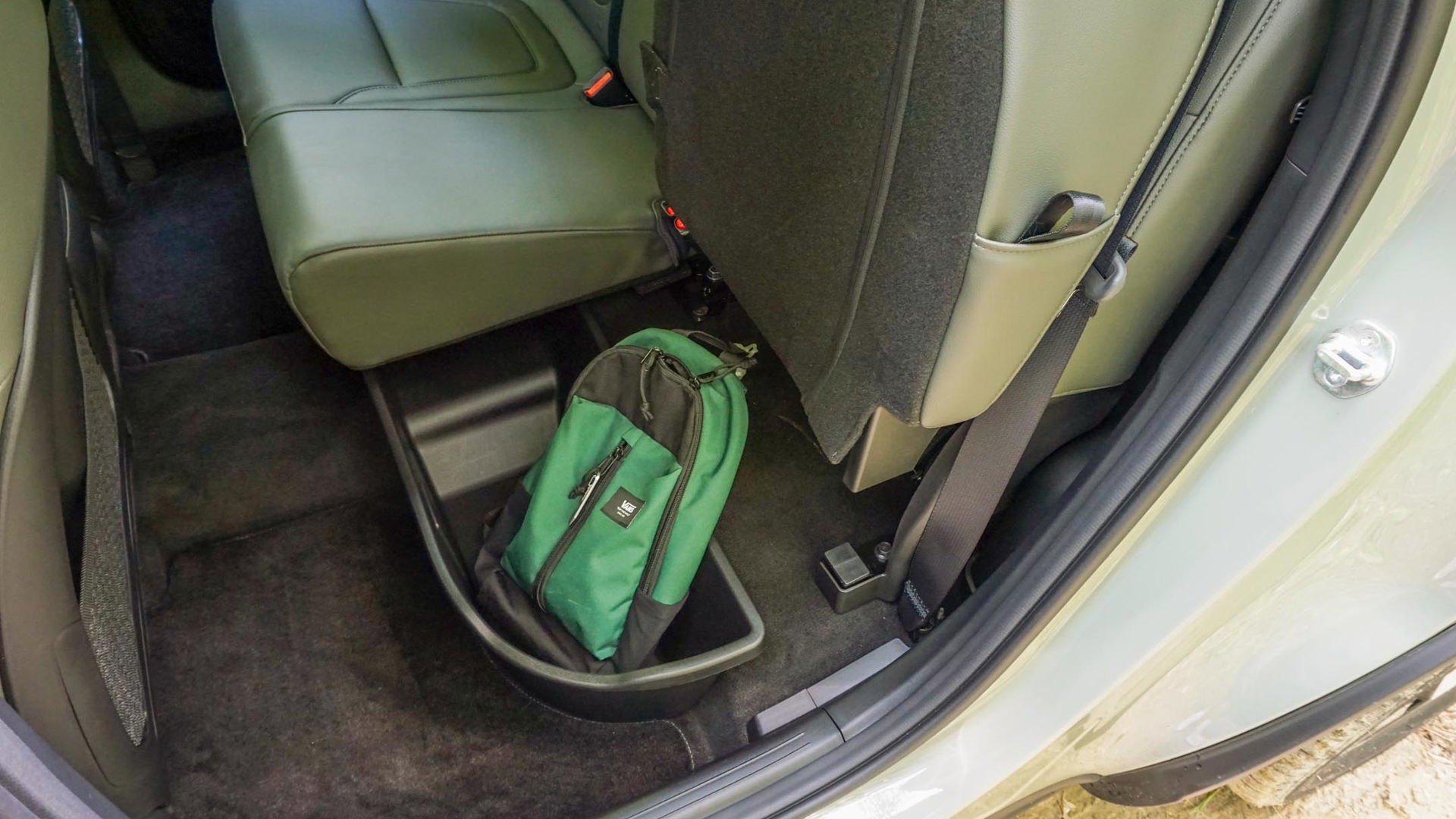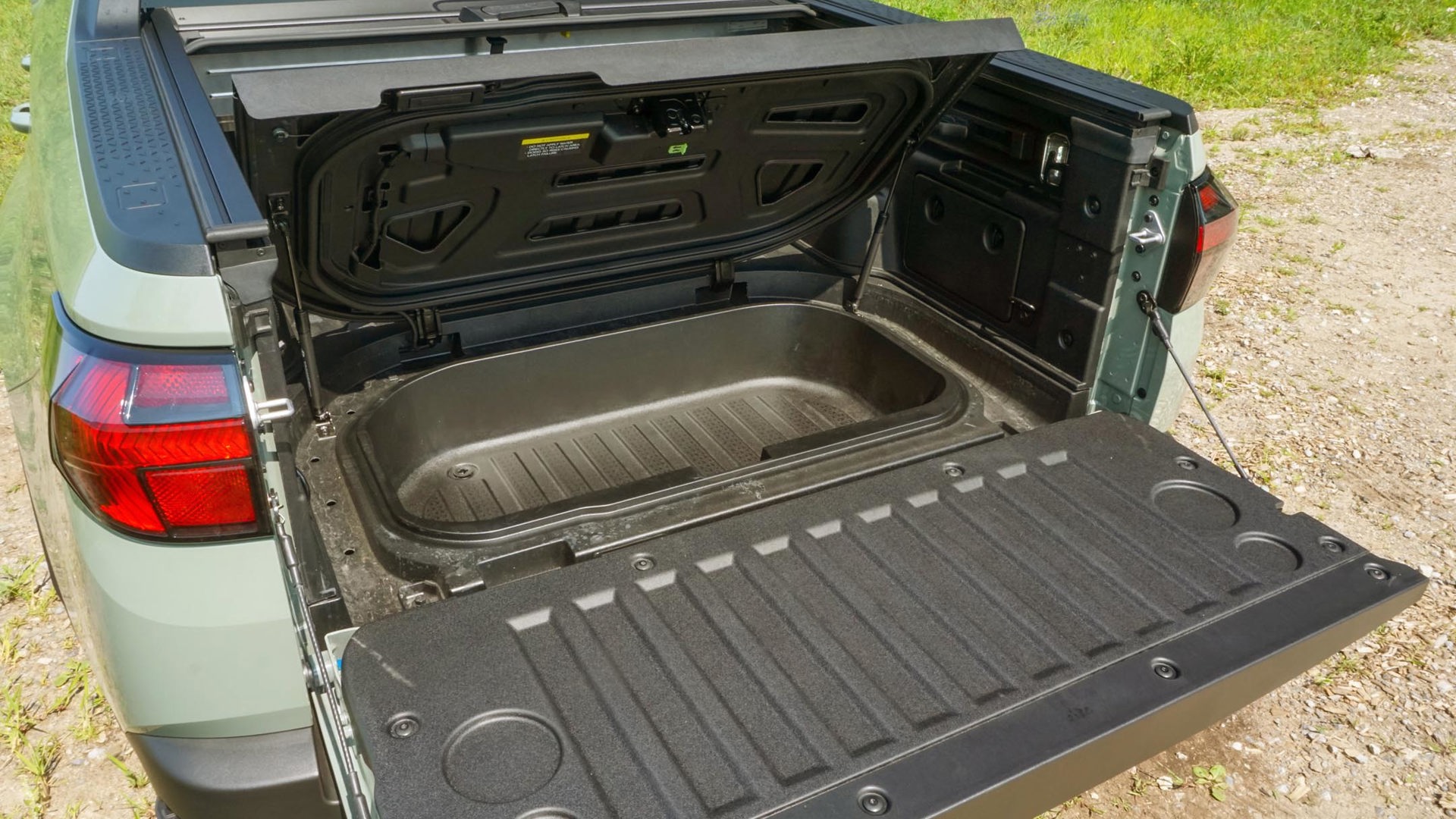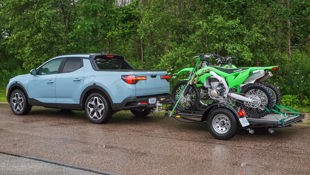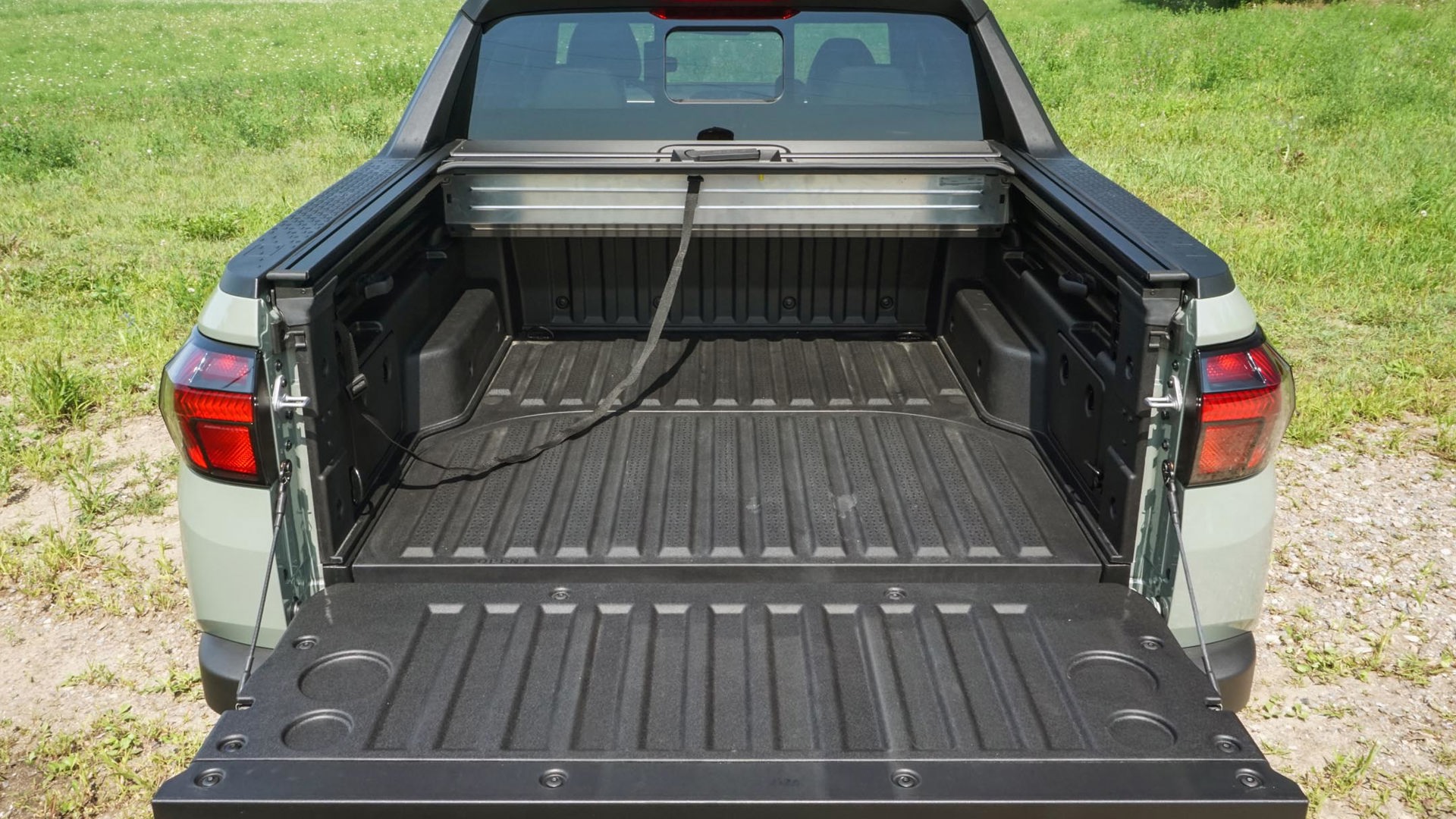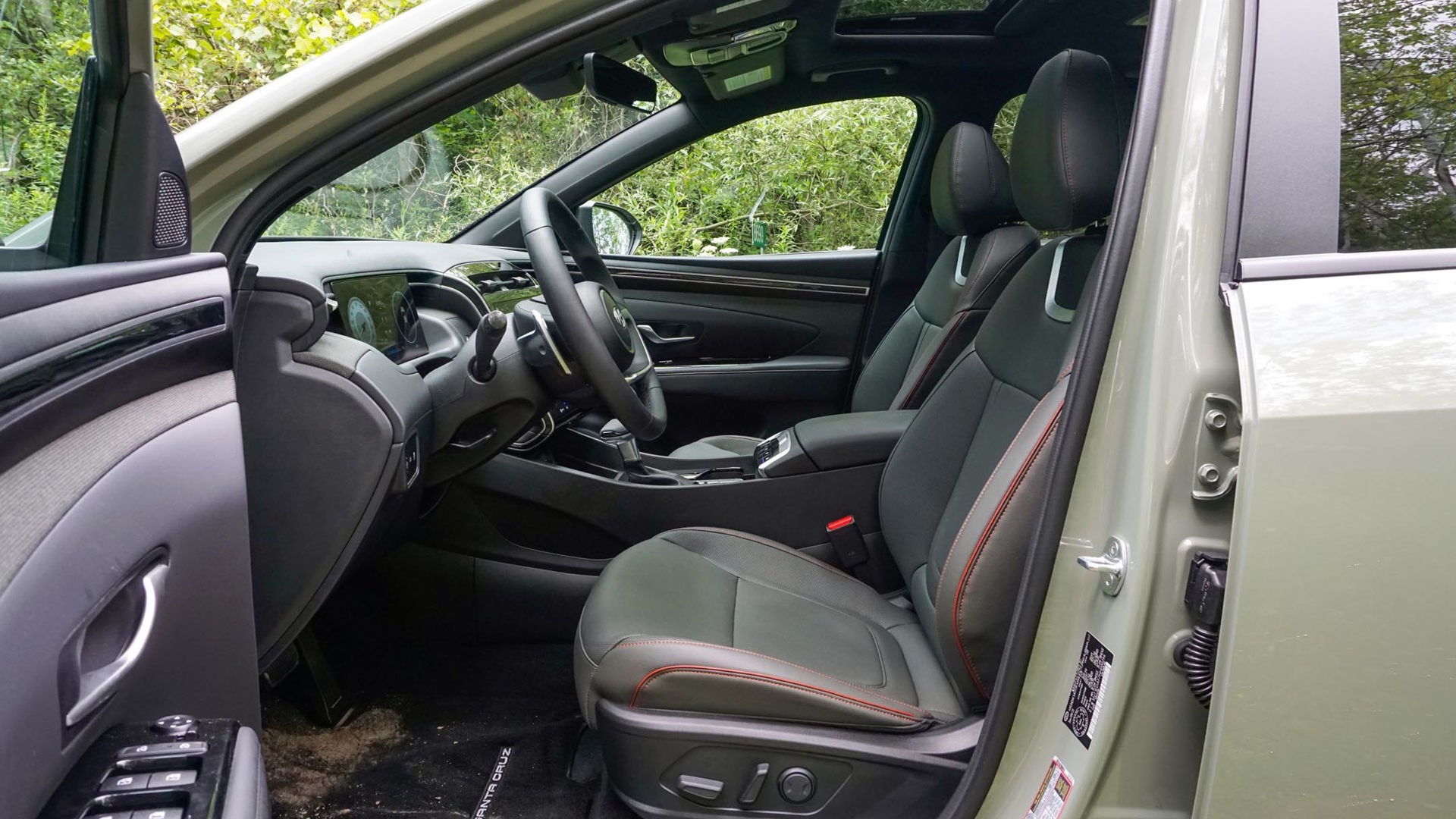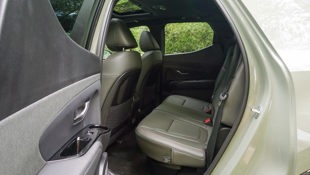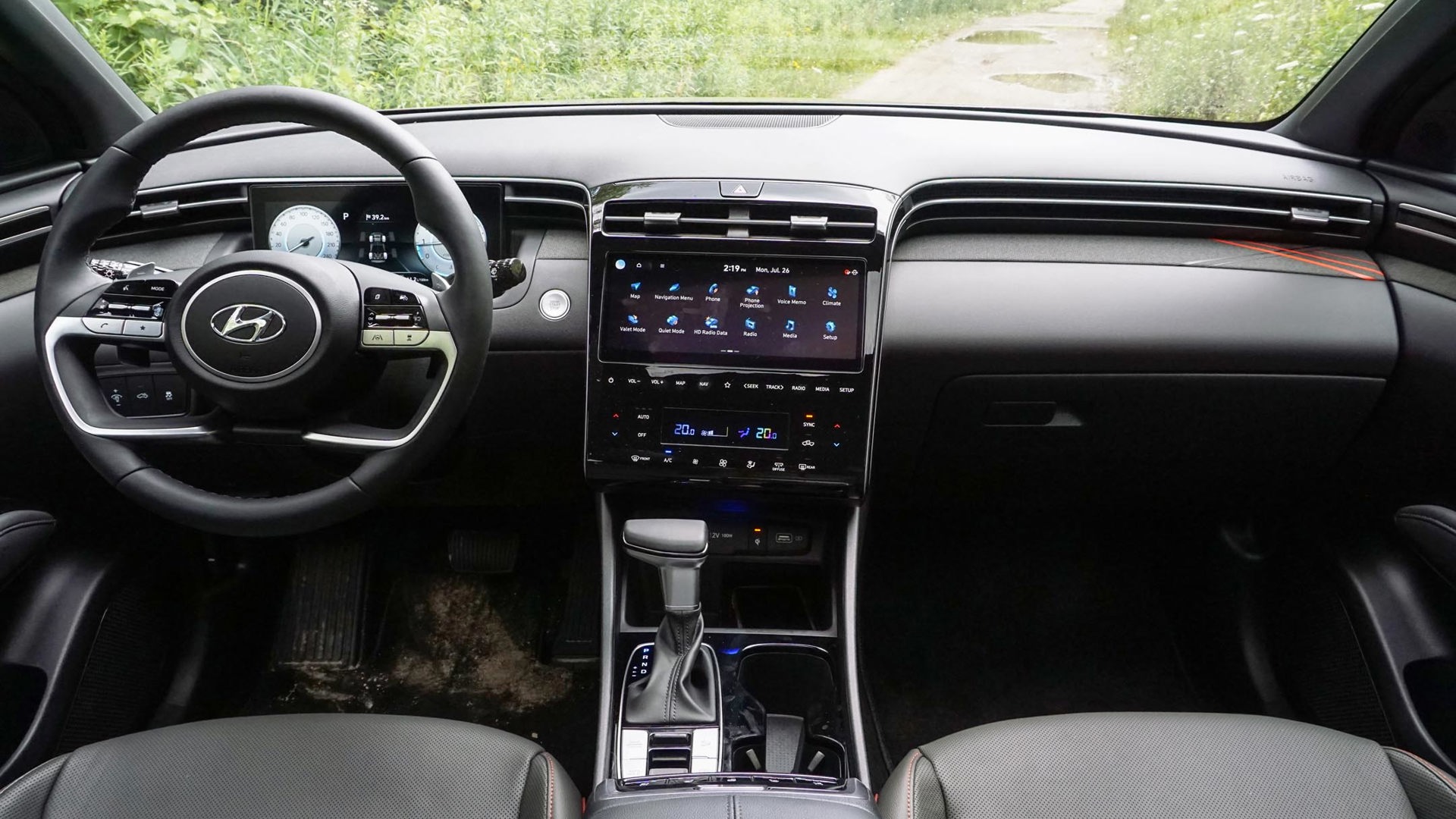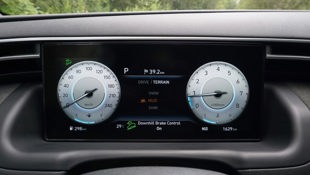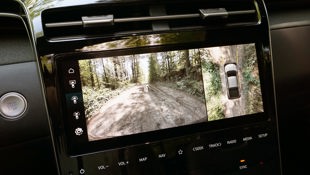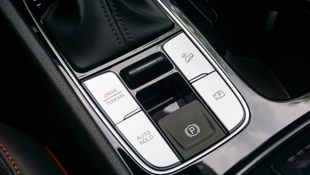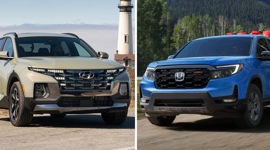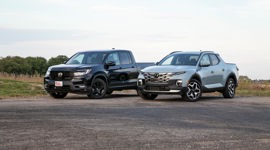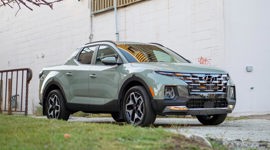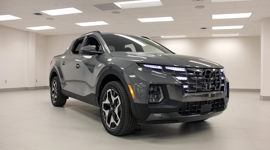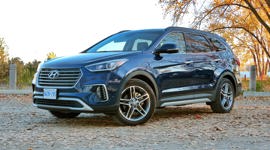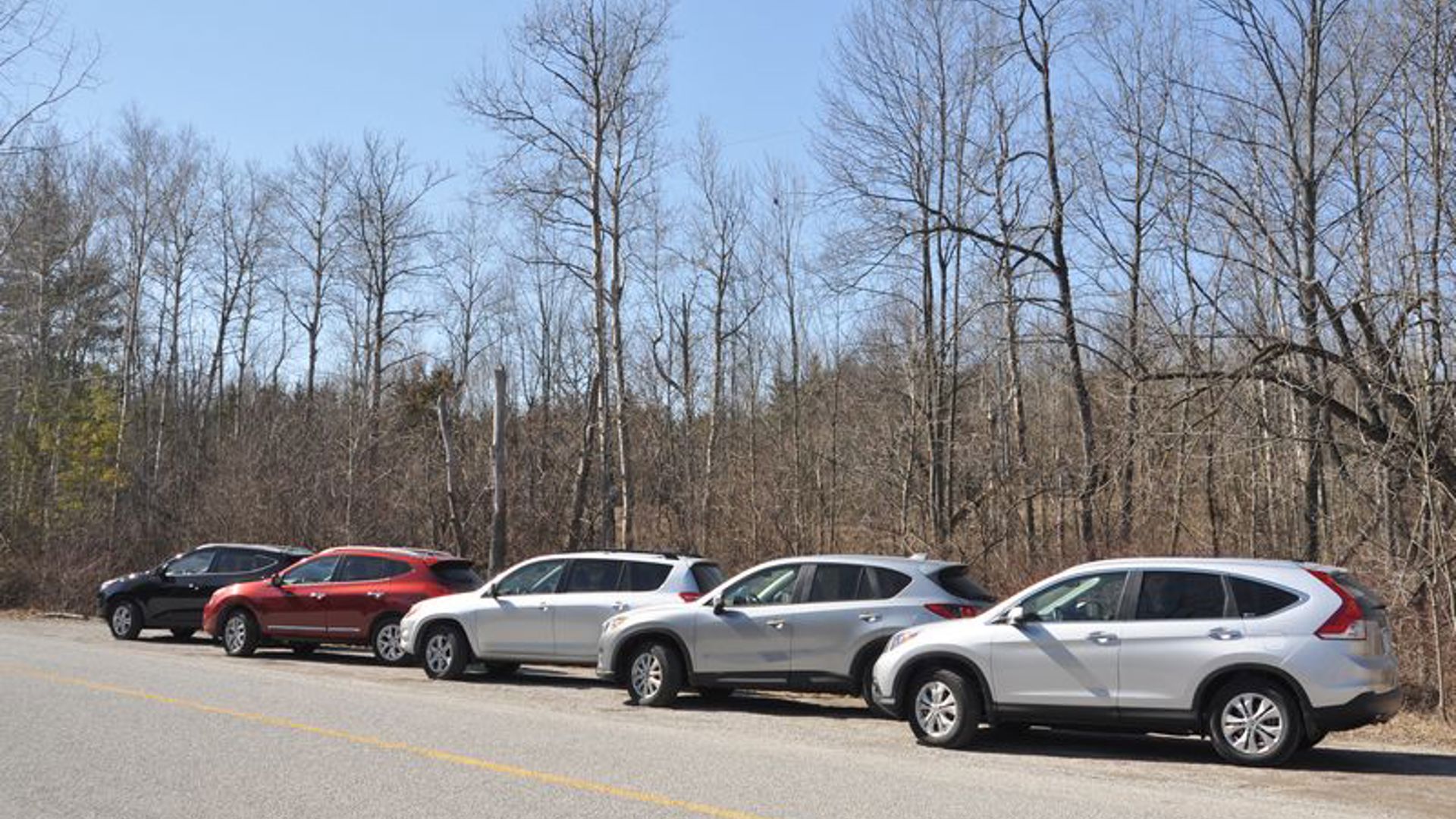The 2022 Hyundai Santa Cruz isn’t a pickup truck – at least not according to the automaker itself.
Except there’s an old saying about creatures that walk and quack like ducks, and it seems pretty apt here. So let’s set the record straight: the new Santa Cruz is a pickup truck. But crucially, it’s the type that makes all kinds of sense as far as everyday practicality.
Tucson? More Like Truck, Son
If you’re reading this, I’m going to go ahead and assume it’s because you’re curious about exactly what Hyundai has cooked up here. And I have good news: it’s pretty special.
The concept of the Santa Cruz isn’t all that new; Subaru did it nearly 20 years ago with the short-lived Baja. Take a crossover, make the necessary modifications to transform it into a truck (read: chop the back off), and give it a new name.
In this case, the donor is Hyundai’s recently overhauled Tucson. Unlike the Outback-based Baja, however, it’s mainly what’s under the skin that the Santa Cruz shares with that compact crossover. Despite looking rather similar, particularly up front and inside, this is more than a Tucson with a haircut.
That bed on the back is what makes this a pickup truck in the first place – and it’s also pretty handy. What it lacks in outright size it makes up for with tremendous versatility, with a lockable under-bed storage area, two small-but-convenient enclosed cubbies, various tie-down cleats, cargo lights, and a retractable locking tonneau cover.
A Little Short of Space
To provide some context, the size difference between the Santa Cruz and a midsize truck like the Toyota Tacoma is somewhat significant. Measuring 4,970 mm (195.7 in) from tip to tail compared to 5,393 mm (212.3 in) for a crew-cab short-box Tacoma, it’s not just the bed that’s smaller but the back seat, too. In fact, legroom in the back is less than the Tucson offers, with 926 mm (36.5 in) compared to 1,050 mm (41.3 in).
The other issue at play here is one that plagues pickups of all sizes: a serious lack of climate-controlled cargo room. If you’re cross-shopping this against a conventional crossover, keep in mind that there’s no space to stack stuff behind the back seats so it stays warm in the winter and cool in the summer.
Look Past the Price (if You Can)
On the subject of cross-shopping, the Santa Cruz occupies something of an awkward place in the market. Sure, there’s the slightly larger (and significantly more expensive) Honda Ridgeline; and the forthcoming Ford Maverick marks yet another quirky compact pickup offering. But any of the conventional midsize trucks out there – the Tacoma and Ford Ranger come to mind as two of my favourites – are really a different class of vehicle altogether despite entry pricing that’s similar.
Crew cab versions of the Tacoma and Ranger start at $41,190 and $40,653, respectively, compared to $40,324 for the Santa Cruz (all including their non-negotiable freight fees). However, resist the urge to compare them, for what they deliver is worlds apart.
A Delight to Drive
For starters, the Santa Cruz drives like a car. No, not a crossover – a car. I have to be careful here because I don’t want to give you the wrong impression of the new Tucson, which is perfectly lovely to drive in its own right. But this is simply better.
Chopping that height from above the back wheels does wonders for the handling, with an agility that’s not often part of the crossover experience. Or the truck one, for that matter. It feels light and lithe and slithers its way around winding roads in an exceptionally pleasing manner, with responsive steering and only the slightest hint of body roll.
The 2.5L turbocharged four-cylinder under the hood is a perfect pairing for this package, feeling almost tailor-made for the task of motivating the Santa Cruz. It spins up 281 hp and the same 311 lb-ft of torque as the overhauled Hyundai Santa Fe with the same engine, and it’s channelled to all four wheels via an eight-speed dual-clutch automatic transmission.
There’s no way to manually manipulate how the all-wheel drive system works, which prefers to power the front wheels in the name of efficiency, but the transmission is vastly improved over earlier applications, with none of the sputtering and shuddering Hyundai’s dual-clutch units are known for.
The Right Kind of Capability
It’s a perfectly peppy powerplant when it needs to be, with all that torque putting a serious charge into the acceleration when called upon – it kicks in at just 1,700 rpm – while providing a satisfying smoothness when driven casually. It also adds a certain kind of confidence in a variety of circumstances, including when towing or traversing unmaintained access roads.
With a small trailer strapped to the back carrying a trio of dirt bikes, I’d guess I was tapping into perhaps 20 per cent of the Santa Cruz’s tow rating of 2,268 kg (5,000 lb). Even so, there was little fuss from under the hood during a steep and steady highway hill climb, the 2.5L barely touching 2,400 rpm at some 90 km/h before settling back down to 1,600 revs on flat ground.
It remained equally as composed on those access roads, scampering up and down rocky sections and splashing through mud with ease. With an Outback-like 218 mm (8.6 in) of ground clearance, some care is required when negotiating larger obstacles. This isn’t a truck built for the trail, mind you, but it can hold its own on the way to the next adventure.
The Right Kind of Equipment
If you’re keen on the 2022 Santa Cruz, you’ll have three versions to pick from in Canada, all of which feature all-wheel drive (there are four trims on offer to our friends south of the border, but four-wheel traction is optional across the board). The cheapest Preferred trim includes stuff like the locking tonneau cover, heated front seats and steering wheel, wireless Apple CarPlay and Android Auto connections run through an eight-inch touchscreen, and safety features like blind-spot monitoring, lane-keeping, and automatic emergency braking.
The $43,224 Santa Cruz Trend gets leather upholstery, an eight-speaker stereo, dual-zone climate control, a 10.25-inch touchscreen, a sunroof, and adaptive cruise control that works in stop-and-go traffic, while the $46,624 Ultimate adds built-in navigation, front-seat ventilation, a digital instrument display with camera-based blind-spot monitoring, a surround-view system, and steering assistance capability for the adaptive cruise.
The only items missing from the top two trims? Physical audio controls on the centre stack. Instead, volume and tune adjustments, as well as all HVAC functions, are managed via touch sensors beneath the big display that are awkward to use, while the panel itself is a magnet for fingerprints and dust particles. Both smartphone connections also lose their wireless capabilities with the larger display.
Final Thoughts
The 2022 Hyundai Santa Cruz won’t be for everyone, least of all typical truck buyers. But that’s because it’s not your typical truck. It’s also not the right fit for someone who needs the interior space of a similarly sized crossover, and it’s a little on the pricey side – especially with the more affordable Ford Maverick on its way.
Two days of driving the Santa Cruz taught me enough of what I need to know, beginning with the fact that it’s a truck, even if Hyundai Canada doesn’t want to call it one. Most notably, though, are the serious parallels with the Subaru Outback, which makes sense given this is like the spiritual successor to that brand’s Baja. More importantly, though, both are quirky alternatives to conventional crossovers that drive like cars and are ready for adventure.
In the end, the Hyundai Santa Cruz comes together like the brand has done this before. Not build a truck, of course – that’s a first. Rather, it has once again established lofty expectations for a new product and immediately exceeded them.
